Israel March 2018
By David Broek, Jos Hoekerswever & Remco Ploeg
In January 2018 David was searching the internet for cheap tickets for any destination with a higher temperature than the Netherlands. In early spring going slightly more southwards can be pretty rewarding because herps are active earlier in the season. After searching for a while and comparing lots of ticket prices for destinations all over the world, he saw really cheap tickets to Israel (Ovda). After some Whatsapp-messages and phone calls David found two friends (Remco & Jos) having time (or skipping some lectures...) to go on adventure in Israel. Three super cheap 30 euro tickets and an additional very expensive checked-in bag for all our equipment were booked and the preparations could start.
1st of March 2018
On February 28th we all gathered in Bergen op Zoom at David’s house in the evening. After all the necessary last preparations it was already 23.00 so we went to bed to have a few hours of sleep. At 02:30 in the morning we woke up and were brought to Charleroi Airport by David’s brother. With temperatures of minus 7 degrees Celsius we were really looking forward to the expected temperatures in southern Israel. The check-in went smoothly and without any delay our Ryanair plane flew in four hours (what is actually quite a long time if you don’t have any space for your legs) to Ovda Airport. When the doors opened and we left the airplane, we immediately felt the heat of the Israeli desert. The first animal we saw was a big beetle and because you never know if you will find it again we made some quick pictures. Now we know we would see lots and lots of this type of beetle. Quickly leaving the airport was impossible, as there was a long, very slow-moving queue for the border control. After waiting too long we were asked a few irrelevant questions and we could pass. No one checked our luggage so without any difficulties we could take our bags full of herping and birding gear (or espionage gear, as they probably would think...) and soon after we were waiting for our shuttle to Eilat. When waiting, we already saw some birds, grasshoppers (Pyrgomorpha conica and possibly Calliptamus tenuicercis) and Vagrant Emperor (Anax ephippiger).
The shuttle dropped us at our apartment and we changed our long pants for shorts, or swimming pants for Remco who thought he only needed that in the desert. Next to our apartment, we already saw our first new birds: House Crow (Corvus splendens), Laughing Dove (Spilopelia senegalensis), White-spectacled Bulbul (Pycnonotus xanthopygos) and the (hoped-for) Palestine Sunbird (Cinnyris osea). Under some metal sheets we saw two geckos but they were too fast to identify. We walked to the beach and from the crowded promenade we tried to find some sea-birds, succeeding in White-eyed Gull (Ichthyaetus leucopthalmus), Armenian Gull (Larus armenicus), Black-headed Gull (Chroicocephalus ridibundus) and Caspian Tern (Hydroprogne caspia). Dusk came, so we decided to get some dinner and we ordered a tasty, but expensive, pizza at the promenade. After a long day and flight we were all suffering from an after-dinner-dip. But duty calls, so we decided to pick up our flashlights and explore the nearest potential reptile habitat. One step from the apartment we already found Rough-tailed Gecko (Cyrtopodion scabrum) under the bark of a tree. This gecko turned out to be the most common species in civilized areas in Eilat, despite being introduced only a short time ago. We found more Cyrtopodion and also two Yellow Fan-fingered Geckos (Ptyodactylus hasselquistii) at a construction site. Flipping material at some other abandoned areas didn’t deliver anything new. Flipping rocks in a wadi was more successful with quite some Natterer’s geckos (Tropiocolotes nattereri). Our eyes were as small as the geckos at that point, so we decided to walk back to the apartment to have some sleep.
Yellow Fan-fingered Gecko (Ptyodactylus hasselquistii)
Natterer's Gecko (Tropiocolotes nattereri)
2nd of March 2018
Next morning we had some time to kill before we could pick up our rental car, so we decided to spend the morning on birdwatching in the parks and shores of Eilat. We didn’t see a lot of interesting species though, only worth mentioning were the abundant Tristram’s Starlings (Onychognathus tristramii). Very close to the Jordan border we found a more interesting area with lots of birds. On a far distance we saw many raptors circling but they were difficult to identify. Only two closer individuals could be identified safely as Steppe Eagles (Aquila nipalensis). Around the mudflats and small streams at this site we observed Spur-winged Lapwing (Vanellus spinosus), Black-winged Stilt (Himantopus himantopus), Green Bee-eater (Merops orientalis), Ruff (Calidris pugnax), Common Sandpiper (Actitis hypoleucos), Graceful Prinia (Prinia gracilis), Little Egret (Egretta garzetta), Common Redshank (Tringa totanus) and Pied Kingfisher (Ceryle rudis). Barn Swallows (Hirundo rustica) and Pale Crag Martins (Ptyonoprogne obsolete) were flying over. After spending some time at this site, we had to head back to our apartment to pack our bags and pick up the rental car. On route we were surprised by five Steppe Eagles flying over the promenade of Eilat very low!
Jos and David picked up our next friend on the road, a Kia Picanto, at the car rental. The many scratches the car had didn’t bother us, but we made some detail pictures to have proof in case the rental would hold us responsible for the damage, you never know... We picked up Remco and our luggage at the apartment and drove to our next accommodation, which was an AirBnB in the north of Eilat. After some trouble finding the right room in this huge flat, we were welcomed by our host Liran. When we mentioned the mission of our trip, he offered to accompany us when trying to find some Egyptian Spiny-tailed Lizards or Mastigures (Uromastyx aegyptia). We had to hurry because these Uromastyx would be only active between 11.00 and 14.00. After a few minutes in ‘Dragons Land’ we already saw the first Uromastyx basking. We continued our ‘game drive’ through this park and saw also some nice birds like Tawny Pipit (Anthus campestris), Namaqua Dove (Oena capensis), Arabian Babbler (Turdoides squamiceps) and Siberian Stonechat (Saxicola maurus). To make some better pictures we tried to come somewhat closer to the Uromastyx, so we were slowly approaching the lizard while taking pictures until it decided that one meter distance was too close. It had been 14.00 already, so activity should decrease, but we still wanted to take a chance to see the other species of Uromastyx as well. We drove to the Eilat Mountains and did again some ‘game driving’, but it didn’t result in any sightings. Luckily, we had some other days in Eilat at the end of our journey to try again earlier during the day. Instead of Uromastyx we did see some Nubian Ibexes (Capra nubiana) and birds. Our new friend Liran had to go to work so we brought him back home and we headed towards the Eilat Ornithological Park. It was not the best time of the day for birdwatching, but we still saw some bird species. Many of them were also very common in the Netherlands but still good for ticking off those species on the Israeli list. Marsh Sandpiper (Tringa stagnatilis), Greater Flamingo (Phoenicopterus roseus), Spanish Sparrow (Passer hispaniolensis), Common Quail (Coturnix coturnix) and Slender-billed Gull (Chroicocephalus genei) were the more interesting birds we found. Unfortunately no new herps were seen here.
Egyptian Spiny-tailed Lizard (Uromastyx aegyptia)
After visiting the Ornithological Centre we were hungry so we wanted to buy some food. One thing to keep in mind when visiting Israel is that most shops are closed during Sabbat from Friday afternoon until Saturday. We forgot, but luckily the small shop at the ground floor of our flat opened his doors for us so we could buy and prepare a simple but tasty meal. After dinner, we drove to an area in the Arava Valley to search for some reptile species. After a few minutes we already saw a nice Palestine Saw-scaled Viper (Echis coloratus), which was crawled into a stone wall of a ruin. Also a Cyrtopodion scabrum was present there. Shortly after, the first Stenodactylus was found, a very nice Middle Eastern Short-fingered Gecko (Stenodactylus doriae). A huge adult Arabian Horned Viper (Cerastes gasperettii) was well camouflaged. The Cerastes was very calm and didn’t look impressed by us at all. After walking through another area with no herps at all, we found a Lichtenstein’s Short-fingered Gecko (Stenodactylus sthenodactylus) together with the two other gecko species. In the middle of the desert we found two deep pits with some geckos in it. David and Remco each chose one pit to check. These pits were connected by a tunnel. When Remco came back he brought a Mediterranean House Gecko (Hemidactylus turcicus). David saw another Echis coloratus in the tunnel but catching it in such a small tunnel where it was hiding above eye-height didn’t seem like a good idea. Few minutes later, we found another new gecko species, the Baluch Stone Gecko (Bunopes tuberculatus) and we saw a Dorcas Gazella (Gazella dorcas). In the beam of our flashlights, we saw the shade of a small feline running away. It possibly was a Sand Cat (Felis margarita) but unfortunately we couldn't be sure. Searching for some more time didn’t deliver anything new, but some other Stenodactylus, Cyrtopodion and Tropiocolotes nattereri. We were already herping for five hours so we decided to go home because we had a lot of ground to cover next day. Jos was almost falling asleep when driving the car, so it was a good moment to go to bed. Back at our AirBnB we were invited by Liran to go to the poolparty, we would have liked but partying all night didn’t seem like a really good idea if we wanted to continue herping next day, so we went to bed at 01.00.
Palestine Saw-scaled Viper (Echis coloratus)
Middle Eastern Short-fingered Gecko (Stenodactylus doriae)
Arabian Horned Viper (Cerastes gasperettii)
Mediterranean House Gecko (Hemidactylus turcicus)
Baluch Stone Gecko (Bunopes tuberculatus)
Lichtenstein's Short-fingered Gecko (Stenodactylus sthenodactylus)
Strange holes at the Jordan border
3rd of March 2018
Next morning we left somewhat later than planned and drove to Yotvata. On route we did a quick stop at the side of the highway to see some Ostriches (Struthio camelus) and Arabian Oryx (Oryx leucoryx) in Hai-Bar Nature Reserve. These animals can’t roam freely but are kept here for breeding and acclimatisation for possible reintroduction projects. Although the animals are living in captivity, seeing them in such a big and natural environment was definitely worth stopping. In Yotvata, we searched in a small sand dune area with some artificial water bodies nearby, but it wasn’t very successful at all. We saw an Eurasian Sparrowhawk (Accipiter nisus) that had just caught a pigeon, not an expected sight in the desert. Despite seeing many tracks of Fringe-fingered Lizards (Acanthodactylus spec.) no herp was seen. We headed on to the circular fields north of Yotvata but because we were behind schedule we only did a short scan and saw Siberian Stonechat and our first Crested Lark (Galerida cristata). After buying some groceries we continued our route to the north. We did a short stop at a wadi resulting in Western Marsh Harrier (Circus aeruginosus) and our first Brown-necked Raven (Corvus ruficollis). We continued Route 40 in direction of Mitzpe Ramon through beautiful desert sceneries. Although the number of animals along the road was close to zero, the landscape was absolutely amazing and was completed by the Arabian music on our radio. We thought we were lucky seeing a Griffon Vulture perching along the road, but reality hits. Apparently Israeli government likes to confuse birders by placing very realistic plastic animals at random places in the landscape. So from there on we double-checked every animal to be 100% sure it wasn’t made out of plastic. In Mitzpe Ramon we didn’t expect to see any animals when refilling the fuel, but some Nubian Ibexes apparently thought the petrol station was a nice place to settle. They were behaving like goats and clearly used to people and cars. One big male even knew how to use a zebra crossing and a roundabout! At the irrigated garden at the entrance of Avdat National Park we saw some very fast Snake-eyed Lizards (Ophisops elegans) and a possible Rüppell’s Snake-eyed Skink (Ablepharus rueppelli), but we didn’t succeed in taking any pictures. We drove further in direction of Nizzana, very close to the Egyptian border. From Nizzana we took a dirt road to Ezuz. Along the very quiet road we did see some bird species like Isabelline Wheatear (Oenanthe isabellina), Lesser Kestrel (Falco naumanni), Chukar Partridge (Alectoris chukar) and Little Owl (Athene noctua).
Nubian ibex (Capra nubiana)
Just before dawn we arrived at the small and silent village Ezuz. We found our accommodation for the night, a Bedouin tent, but not the owner. After asking at the local café, she just arrived and we could settle in the tent. After a long drive we were very hungry, but unfortunately the café wasn’t serving any meals tonight. So we decided to drive to the prospected site for tonight, some promising sand dunes in the vicinity of Nizzana which would be good areas for in particular Cerastes, and try to find a place to eat on route. Along the road we suddenly saw a dog-like creature in the headlights of the car. It turned out to be an Arabian Wolf (Canis lupus arabs). A very special sighting!
Finding at least a supermarket in one of the villages might not sound like a difficult task, but we were facing a new phenomenon: every village was totally fenced and had one entrance gate only open for inhabitants. Interesting enough, the only village in the area that had no protection at all was the one where we were staying. Luckily, we still had some left-over bread, so we drove to the sand dunes to have a simple dinner of bread and water. Searching in the area did deliver some geckos, Stenodactylus sthenodactylus but also the new Dune Gecko (Stenodactylus petrii). Because we couldn’t find the real sand dunes to track down some snakes, we decided to try another road. We found some other very nice sanddunes, however there were big concrete blocks indicating they were military fire zones. Normally, you would need more to stop us than just an ‘entrance forbidden’ sign, but because we were not sure if they were shooting or not we didn’t want to take any risk. We returned to the area where we started and only a few meters further than the point we stopped before were perfect sand dunes. How could we miss it! Besides many Stenodactylus and many tracks of Acanthodactylus and Wedge-snouted Skink (Chalcides sepsoides) we also found a beautiful Crowned Leafnose Snake (Lytorhynchus diadema). Although sand tracking is known as a rewarding method to find snakes in the desert, it didn’t work for us because we didn’t find any snake tracks. Even the L. diadema was not found by following its tracks, because it simply made almost no tracks. Maybe later in the season, when night temperatures are higher, tracking down snakes is easier. At 00.00 we drove back to Ezuz, because it was getting colder and we didn’t expect to find anything new. When we were passing an interesting ruin, we decided to make a quick stop. This delivered another new gecko species: Sinai Fan-fingered Gecko (Ptyodactylus guttatus). At 01:30 we came back in Ezuz after seeing a Cape Hare (Lepus capensis) on the road.
Dune Gecko (Stenodactylus petrii)
Crowned Leafnose Snake (Lytorhynchus diadema)
Sinai Fan-fingered Gecko (Ptyodactylus guttatus) and habitat
4th of March 2018
After few hours of sleep (except for Jos who didn’t slept at all because he didn’t had a sleeping bag and it was getting really cold), we had a morning coffee and started bird watching. For this area we had two bird target species. For the first one, we got a very useful advice from a lady. We went to an old train which now functioned as a birdwatching cabin. We scanned the area and then David saw a running male Macqueen’s Bustard (Chlamydotis macqueeni) and soon after we saw it all through the scope. We also saw Desert Grey Shrike (Lanius meridionalis elegans), Eurasian Hoopoe (Upapa epops) and Long-legged Buzzard (Buteo rufinus). Then we drove back to the sand dunes from last night.
When we arrived at the sand dunes by daylight, we wondered why we had any difficulties finding suitable dunes the night before. As far as we could look, ridges of loose sand interrupted the open plains. Time to play! Already a few minutes later, David shouted he saw an Acanthodactylus. We made some pictures and tried to figure out which species it could be. Many other Fringe-fingered Lizards followed in the surroundings, running as fast as lightning from shrub to shrub. Despite that, they were easily to follow because they could hardly hide themselves inside the bare shrubs. We first thought it was all Egyptian Fringe-fingered Lizard (Acanthodactylus aegyptius) but checking the photos afterwards learned most of the individuals were Nidua Fringe-fingered Lizards (Acanthodactylus scuttelatus) and just a few belonged to A. aegyptius. After seeing numerous Fringe-fingered Lizards and some cool desert insects (Probably Truxalis procera and Graphipterus serrator), we again saw two lizards fleeing into a shrub. One of them clearly had a striped pattern so it could be another Acanthodactylus species… After hunting the lizards out of the shrub, an Acanthodactylus ran to a distant shrub in a straight line like all Fringe-fingered Lizards do. The other stayed in the shadow of the shrub and a close look let us realise it was not a Fringe-fingered Lizard but Olivier’s Lizard (Mesalina olivieri)! We were very happy with this new species. When we had enough photos of it, we decided to check the shrub were the Acanthodactylus ran into. When walking towards the shrub a large lizard moved into it. If that was an Acanthodactylus, it would be a really oversized one! When trying to look through the branches, a broad agamid head was looking back. With some teamwork, David closing the hole of the agama, Jos trying to hunt it out the shrub and Remco being ready to catch it when it would take a leap, we tried to get a good view on the agama. The agama worked with us, deciding to ignore all attention and just sit down in the open space. Now we could nicely see we found a female Savigny's Agama (Trapelus savignii), a rare species in Israel only occurring in the western Negev sand dunes. This was probably the only day in Israel on which we would have the chance to spot this beautiful agama, so this specimen was more than welcome. While photographing it, Remco suddenly realised he lost a small but essential device to connect a circular flashlight to the camera. Since we would probably need it the other nights, we decided to follow our own trails back hoping the device was not yet covered in sand. The afternoon just started so we planned to go back to the car anyway to have some lunch in the shade of our car. While walking back, we saw a small scaly loop coming out of a hole in the middle of the open sand; a snake! With excitement Remco hooked the snake out of the hole. A short, thick and rough-scaled, brown-greyish to almost blue coloured snake appeared, with a very broad head, and two horns prominently sticking out above its eyes. Cerastes! We thought the night before was the last and only opportunity to see this awesome species and seeing it in the middle of the day was the last thing we expected. The Desert Horned Viper (Cerastes cerastes) was pissed off, made a hissing sound by scratching the loops of his body against each other and attacked numerous times. But it was a small one so with our cameras between our hands and the viper we had a safe distance and could make some nice pictures. When walking back to the car, Remco even found his lost camera part so nothing could break this day any more. David made this day even better when he suddenly said he found three Cream-colored Coursers (Cursorius cursor). After missing this species the same morning, we were happy to observe it anyway. We celebrated our success with some old bread with humus and coffee heated at the bonnet of our car. After that, not yet really satisfied but we were out of food, we decided to investigate a somewhat rocky slope with scarce vegetation next to the dunes. It seemed like a nice habitat for Testudo kleinmanni but unfortunately, we couldn’t find this target species. After climbing the slope without finding anything at all, finally the highly desired magical word echoed trough the valley again: ‘Snake!’ It was Jos who found a beautiful Rogers Racer (Platyceps rogersi). It was almost escaping into a hole, but he managed to grab it just in time. The trick with the hat worked again to calm down the snake and it posed really well.
We had to leave the sand dunes to be on time at our next AirBnB In Be’er Sheva. On our way back we didn’t saw much, except for a Woodchat Shrike (Lanius senator) and Dorcas Gazelles. It is nice to see the landscape turning green gradually when driving to Be’er Sheva, which is at the edge of the desert and Mediterranean habitat. When we arrived at the Airbnb, nobody opened for us so we decided to get some pizza with Wi-Fi to contact our host. After dinner, we went back and were welcomed by Moaz. After talking a bit about political and philosophical issues, we went back into the field, hoping to find the first amphibians of the trip. We soon heard many Lemon-yellow Tree Frogs (Hyla savignyi) and Levant Green Frogs (Pelophylax bedriagae) calling in the distance, but after some searching we realised the calls came from behind a fence were the zoo of Be’er Sheva is located… At least we heard them. Besides we also found Mediterranean House Gecko (Hemidactylus turcicus), Sinai Fan-fingered Geckos (Ptyodactylus guttatus), a Lichtenstein’s Short-fingered Gecko (Stenodactylus sthenodactylus) and a huge Egyptian Grasshopper (Anacridium aegyptium).
Our stay in Ezuz
Western Negev sand dunes
Nidua Fringe-fingered Lizard (Acanthodactylus scutellatus)
Olivier's Sand Lizard (Mesalina olivieri)
Savigny's Agama (Trapelus savignii)
Desert Horned Viper (Cerastes cerastes)
Huge ridges of loose sand stretch trough the open plains
5th of March 2018
The next morning, after a nice but long conversation with Moaz, we tried to find some sand dune areas close to Be'er Sheva. It turned out the areas that looked very nice on google maps were actually very green, interspersed with some sandy patches. It looked nice anyway and we decided to do some searching. Besides some nice birds like Green Bea-eater, Pallid Swift (Apus pallidus) and Red-rumped Swallow (Cecropis daurica) we couldn't find anything at all. The sound of explosions continuedly resounded trough the landscape. We were not sure whether it was from the military firing area or from the Gaza strip that was a few kilometres away, but at least it let us realise there is really something going on in this country. We decided to have a look for another area, preferably a sandier one. When driving the highway, we saw a Hardun (Laudakia stellio) sitting on top of a rock pile. Jos directly took the first exit and we ended up in a Bedouin village. Houses made of metal plates, small patches of arable land next to each house, a donkey and lots of rubbish; these people really live in simplicity. This was a good thing for us because around the rockpile that was separating the village from the highway were not only several Harduns to be seen, but also rubbish and metal plates all over the place. A lot of nice flipping material! We started with checking everything, and we got some assistance from two boys from the village. We tried to explain to them we were looking for snakes, but they were sure there were no snakes in their village. We kept searching anyway and the boys helped us with flipping all rubbish. They were little scared but really impressed when we caught a Hardun and Occelated Skinks (Chalcides occelatus) from beneath some nice plates. The boys took some pictures from a distance with a surprisingly modern phone. We were sure there also had to be some snakes here, so we kept flipping until a beautiful Diadem Snake (Spalerosophis diadema) appeared when flipping a metal plate. David managed to catch it within the blink of an eye. Now we had the prove of snakes living in the village, the boys were as surprised as scared and they called an elder man from the village to show him our find. The man was a typical Bedouin with a checkered cloth on his head and only left a few teeth in his mouth, and really hospitable. They talked to each other and the boy typed something on his phone and showed us an English translation. 'Could you please take the snake with you?' Jos typed back to explain the snake does no harm but they said he would scare the kids. Sure, the kids... But we didn't felt like it was a good idea to release the snake in front of them so David carefully put it in his camera bag. After that, the boys showed us many other nice flipping objects in their village, probably hoping we could clear the village from snakes. When we were done they offered us some coffee but we had to go on because we still had some targets for today. We released the snake a few hundred meters away and continued our journey. The next stop was near a swimming pond without even a drop of water, but it seemed like nice reptile habitat. We only found a Hardun again and a mystery bird that is not in the ANWB guide... Because it started to get dark we decided to get some food in the local super market to make sure we could be in the field just after sunset. We went back to the area with sandy patches we visited earlier that day to at least have a chance to find some psammophilic species we missed until now. We walked for a long time through the area without seeing anything at all, so finally we decided to go back and visit another site. But when we walked back, we suddenly saw many Wedge-snouted Skink (Sphenops sepsoides) trails above our own trails! One of the trails ended in the middle of the sand and when we put our hands in the sand just behind the end, we saw the trail in progress. Remco carefully put his hands underneath the trail and a beautiful skink appeared! What a fantastic animal whit his train-shaped snout! We found some more skinks and a Stenodactylus and went to our next stop, a rocky slope. Here we only found Ptyodactylus guttatus and after hearing some we finally also saw a Levant Green Frog. We also thought to hear some humans in the distance calling really strangely but this probably were Jackals (Canis aureus)...
Occelated Skinks (Chalcides occelatus)
Diadem Snake (Spalerosophis diadema)
Hardun (Laudakia stellio) 'In situ' photography
Terrace shaped rock formations
Wedge-snouted Skink (Sphenops sepsoides)
6th of March 2018
The next morning, we left early to the north, so we could make some stops. The first stop was at the coastel dunes near Ashdod, aiming for some new Acanthodactylus species and Palestine Viper (Daboia palestinae). David found a Nidua Fringe-fingered Lizard (Acantodactylus scutellatus) very quickly and while photographing it we saw two more nearby. When we turned around to proceed, David stood face to face with a Spur-thighed Tortoise (Testudo graeca), a really cool new species for us! Remco followed the track of the Tortoise and ended up near a beautiful wooden plate on the sand beneath a shrub. When lifting it, a huge Glass Lizard (Pseudopus apodus) fledged from beneath it, unfortunately too fast to catch it or make any pictures. After that, we found some more Fringe-fingered Lizards and some nice birds like Eurasian Stone-curlew (Burhinus oedicnemus), Red-throated Pipit (Anthus cervinus) and Syrian Woodpecker (Dendrocopos syriacus). We proceeded on our way to the north and because we had one more stop planned near Neftanja, we unfortunately had to drive right through Tel Aviv. Traffic jams all over the place and people driving like crazy so Jos was not amused. When we had to break for the car in front of us, the driver behind us was not that fast and kissed the bud of our Picanto. We directly looked backward and saw an Israeli girl with her hands in front of her eyes. She signed there was no damage to be seen but we were not that sure and signed back to follow us. Apparently, the Israeli government thinks road shoulders are unnecessary, but after a long drive through Tel Aviv we finally found a way too narrow emergency lane at the left side of the road were we both stopped our cars. Fortunately, there indeed was no damage at all, so we said the Israeli girl goodbye and with relief we continued our journey. Getting back on the overloaded road from the left side was almost impossible but Jos was already used to the Israeli driving style and managed to squeeze our small car in between (The girl is probably still waiting there…). We were happy to arrive at our next stop to release the last adrenaline that was still in our blood. At the Alexander river we soon spotted the easiest target of the trip; African Softshell Turtles (Trionyx triunguis). Really cool to see these huge turtles relaxing on the shore and swimming around using their snorkel-shaped snout. We could also find Caspian Turtles (Mauremys rivulata) and Red-eared Slider (Trachemys scripta elegans) without any difficulties. The place was also full of birds, with Cetti’s Warbler (Cettia cetti), White-throated Kingfisher (Halcyon smyrnensis), Common Myna (Acridotheres tristis) and Glossy Ibis (Plegadis falcinellus) being the highlights. We walked a bit along the river and found some Harduns again. When flipping a piece of plastic, a beautiful Collared Dwarf Racer (Platyceps collaris) was underneath it! It attacked and bit everything and everyone that was coming too close, but we didn’t mind and enjoyed this temperamental beauty.
Spur-thighed Tortoise (Testudo graeca)
Collared Dwarf Racer (Platyceps collaris)
How to take 'in situ' pictures of P. collaris in four steps...
Many traffic jams later and a just-in-time refuelling of the car, we arrived way too late at our next AirBnB. Fortunately, there was still someone home and we could dump our luggage and get some diner. Our main target in the north, and maybe of the whole trip, was a very special and elusive frog that is only living in and around the small Hula nature reserve. It was discovered in 1940 when two adults and two tadpoles were collected. After that, it disappeared until 1955 when the last specimen was found. It was thought to be extinct due to the drainage of the lake in the 1950’s in order to create arable land and to prevent the risk of malaria in this marshland. As a result, it was the first amphibian officially declared extinct. However, in 2011, the species was rediscovered in the remains of the marshlands of lake Hula. Nowadays, some small populations of the Hula Painted Frog (Latonia nigriventer) are known within a small area around the Hula nature reserve. This story, plus the fact that it belongs to a genus formerly only known from fossil records and on top of it it’s prehistoric look made us very eager to see one with our own eyes. With all information we could find on the internet and with the help of google maps, we thought to have found an ideal location to search for it. As soon as it was dark, we headed towards the location which looked very promising. A small and shallow, densely vegetated ditch along a forest edge. We soon heard many Lemon-yellow Tree Frogs and Levant Green Frogs calling, so with excitement in our bodies and armed with our flashlights we began our quest. After walking the ditch (of approximately 500 meters in length) for several hours, we didn’t find where we were looking for, just a lot of Levant Green Frogs, weird fresh water crabs (Potamon potamois) and a Coypu (Myocastor coypus). We went to a nearby creek where we heard and finally also found Green Toad (Bufotes variabilis) and more Levant Green Frogs and Lemon-yellow Tree Frogs. Next to that, we saw some Caspian Turtles sleeping in the creek. Tired, cold and slightly disappointed we went back to bed. But we were not yet defeated by this elusive frog, because we still had one additional night in the North of Israel.
Caspian Turtle (Mauremys rivulata)
Green Toad (Bufotes variabilis)
Lemon-yellow Tree Frogs (Hyla savignyi)
7th of March 2018
We slept like babies last and waked up relatively late. We did a quick stroll through the garden, resulting in the first (and the only!) Lebanon Lizards (Phoenicolacerta laevis). Although this species should be relatively common in the north of the country, we didn’t had success with finding them at other sites. The old overgrown stone wall provided a good basking area for this species. We also did some sun basking while having breakfast in the garden. Also some nice birds were seen, including some other subspecies of common Dutch ‘garden birds’. After breakfast, we went to a dump site in Rosh Pinna. A lot of interesting material was spread over the area, but only Snake-eyed Lizard (Ophisops elegans), Spur-thighed tortoise (Testudo graeca) and Rüppell's Snake-eyed Skink (Ablepharus rueppellii) were found. Although it looked really suitable for Daboia palestinae as well, it might have been too early in the season to find this species. We drove to Hahula Preservation to check it out for waterbirds and maybe some herps as well, but at the entrance the lady told us the area was totally not interesting for birdwatching and that we had to pay for it. So we turned around and tried our luck at Agamon Hula. It looked like we had to pay here as well, but surprisingly we could pass through for free. The only compromise we had to take was spending next hours surrounded by golf carts, mountainbikes and all other types of transport used by schoolkids and tourists. But also the highest number of cranes we ever saw! Thousands of cranes are plastering in the Hula Valley at this time of the year. Besides cranes there were also other birds like Red-rumped Swallow, Western Marsh Harrier, Eurasian Reed Warbler (Acrocephalus scirpaceus), Gadwall (Mareca strepera), Ruff, Glossy Ibis, Mallard (Anas platyrhynchos), Eurasian Teal (Anas crecca), Eurasian Wigeon (Mareca penelope), Eurasian Spoonbill (Platalea leucorodia), Bluethroat (Luscinia svecica), Hawfinch (Coccothraustes coccothraustes) and the hoped for Pygmy Cormorant (Microcarbo pygmaeus). For dragonflies and fishes it was also an interesting area with Lesser Emperor (Anax parthenope), and probably Marsh Bluetail (Ischnura senegalensis) and Syrian Bluet (Coenagrion syriacum) and Iridescent Toothcarp (Aphanius mento), Zille’s Cichlid (Coptodon zilli) and the introduced North African Catfish (Clarias gariepinus). Herpwise it was not very successful though, with only a high number of Mauremys rivulata in this area. To boost our average number of herps per day, we decided to spend the last hours before dusk at some rocky hills in the vicinity of Nabi Yesha Forest. Only a minute after arrival the first new herp was found: the Israeli Fan-fingered Gecko (Ptyodactylus puiseuxi). Stone flipping in the area only delivered a Bridled Mabuya (Heremites vittatus). To make optimal use of the last sunrays, we drove to the other side of the hill, only resulting in one Ablepharus rueppelli and a Corn Bunting (Emberiza calandra). We drove back to Yesod HaMa’ala to buy our ‘traditional wrap dinner’ and prepared for the second night in search of Latonia nigriventer. During next hours we were searching again for this elusive species, with again a zero score. In the creek nearby we found again many Bufotes variabilis and Hyla savignyi. As a compensation for missing Latonia we got some nice sightings of interesting mammals: Indian Crested Porcupine (Hystrix indica) and Golden Jackal (Canis aureus). Back at our AirBnB, we searched for a while in the garden, delivering nothing but some Hemidactylus turcicus, and went to bed at midnight.
Snake-eyed Lizard (Ophisops elegans)
Rüppell's Snake-eyed Skink (Ablepharus rueppellii)
Habitat of the above species
Common Crane (Grus grus)
Israeli Fan-fingered Gecko (Ptyodactylus puiseuxi)
View on Mount Hermon
Bridled Mabuya (Heremites vittatus)
Day 8
Next morning we left early for a long drive to the south. But first, we wanted to try the Mount Gilboa region because there were many northern species we still could find. Many raptors were present in the sky: Black Kites, Steppe Buzzards and Short-toed Snake Eagles (Circaetus gallicus). Especially the latter species did rise our hope on finding some snakes. We flipped some material in the area, resulting in a great find: Günther’s Cylindrical Skink (Chalcides guentheri). It almost escaped, but luckily we managed to catch it to make some pictures. At another site, we found Ablepharus rueppelli, Heremites vittatus and Laudakia stellio. Next to a military camp we did a quick stroll, delivering some more H. vittatus and another Testudo graeca. Flipping close to the entrance also got the attention of a soldier but explaining what we were doing by using hands was not very easy. We still had many miles to go, so moved on to our next destination. We were very lucky we could take Route 90 through the West Bank, instead of driving around over the busy Route 6 along Tel Aviv. Route 90 is under Israeli authority so we were allowed to go there with our rental car. Along the road we saw huge flocks of Cranes, White Storks and Black Kites. We were also very happy with our first Fan-tailed Raven (Corvus rhipidurus). Two hours later we arrived at Ein Gedi, where we planned to visit Wadi David. Unfortunately, this wadi was heavily crowded with schoolkids and we had to pay entrance fee, and the only species we really wanted to see here was Common Rock Hyrax (Procavia capensis). But next to the parking there was an area with good sight on the wadi so we scanned the paths for Hyraxes from this point. After seeing Blackstart (Oenanthe melanura), European Bee-eater (Merops apiaster), Black Stork (Ciconia nigra) and another Fan-tailed Raven, we turned around and saw a Rock Hyrax behind us really close. Mission accomplished, so after another quick stop at Arugot Nature Reserve with some Nubian Ibex and Arabian Babbler, we went to the Dead Sea. Even though most of our activities were far from any touristic stuff, swimming in the Dead Sea was a thing we had to do for sure. After parking the car we had to walk quite a long distance before we finally could touch the salty water. One advice from Jos at first hand: keep the water out of your eyes! After relaxing in the water for a while, we walked back using the public path and ended up at a hotel. Apparently there was no other way out than through the hotel and when security saw that we didn’t had a wristband they weren’t very welcoming. Apparently you had to pay for the beach, but luckily they were only angry and didn’t charge us anything. We surely brought travelling low-budget to a maximum level this day!
Around 18.00 we arrived at Ne’ot Hakikar, where we were led to our AirBnB by a helpful resident. We made a healthy pasta dinner, which tasted really well after many dinners with bread or cold wraps. Two hours later we were back in the field, searching in an area close to the Jordan border. We saw some Bufotes variablilis and heard some Hyla savignyi, probably one of the southernmost locations for these species. We also saw two Red Foxes (Vulpes vulpes palestinae). We tried to find a good herping spot but wherever we stopped were signs warning for landmines. The few areas without signs were not great and delivered almost nothing. When we wanted to try to find some good spots inside the village fencing, the security man told us militaries would surely become suspicious if we would be shining around with flashlights. So we turned around and drove back from the village. When we stopped to discuss what to do, a big jeep suddenly blocked our car and militaries came out with the fingers on the trigger of their machine guns and asked what we were doing. Initially they didn’t believe us but when we showed our herping guide they let us go. Herping in this area wasn’t easy with all te landmines and also the temperature getting lower and lower made us decide to go home and go to bed relatively early.
Günther’s Cylindrical Skink (Chalcides guentheri)
Günther’s Cylindrical Skink (Chalcides guentheri) Habitat
The place to be for David
Common Rock Hyrax (Procavia capensis) for free
The only relaxing moment of the trip
Day 9
Next day we started with cleaning our rental car. Not because we were bothered by the enormous amount of sand, mud and dust in the car, but because we didn’t want to give the car rental any chance to charge us for ‘cleaning costs’. So after this cleaning session we hit the road again for the last part of our roadtrip. Then, we were facing again the same problem as we had before, running out of fuel in the middle of nowhere. All the small villages we passed didn’t have a petrol station, so we hoped we could reach Yotvata which surely had one. And yes, we made it and we saw the petrol station... at the other side of the road! After making some more kilometres, we saw a possibility to turn around on the highway and were heading back to Yotvata. Luckily our car made it to the station and with a full fuel tank, we continued to the south. We had planned a stop at the Samar Sand Dunes, that was located next to some date-plantations and the Jordan border. It was already hot as hell but the landscape was beautiful and after a bit of searching around we saw some Bosks’ Fringe-fingered Lizards (Acanthodactylus boskianus). When we headed back to the car, Jos found another subadult Cerastes gasperettii underneath a big stone. After making some pictures we headed back to Eilat, dropped our luggage and Remco at the apartment and returned our rental car. We were slightly nervous, because we knew we had a car accident and there was a chance they would find some new scratches. But instead of some damage at the backside, this guy noticed a big dent at one side of the car. We didn’t had pictures of that particular part unfortunately. We had to wait for a while, when he was checking if the damage was registered in the computer, giving us the time to prepare our ‘angry customer’ role and summing up all our arguments. But luckily that wasn’t necessary and they were apologizing very polite for the time we had to wait by just saying ‘you can go, bye’. After buying some groceries and well-deserved ice coffee we walked back to the apartment where we rested for a while. At 15:30 we walked to the area north of Eilat. We didn’t find any herps or special birds and walked further to Holland Park, where we encountered several new bird species: Trumpeter Finch (Bucanetes githagineus), Striolated Bunting (Emberiza striolata) and Hooded Wheatear (Oenanthe monacha). Just before dusk we were surprised by finding a beautiful Elegant Racer (Platyceps elegantissimus). An absolute highlight of our trip! We struggled a bit with the right exposure for photography, but still succeed in taking some good shots. After this great find, we had a simple dinner consisting of bread and humus and when it was completely dark we turned on our flashlights and continued herping. That was a bit disappointing however, because we only saw Cyrtopodion scabrum, Tropiocolotes nattereri, Ptyodactylus hasselquistii and Stenodactylus sthenodactylus. After a short nap on the desert floor, we walked back the long route to our apartment like zombies. Except for Jos, who according to himself was still full of energy…
Arabian Horned Viper (Cerastes gasperettii) Juvenile
Elegant Racer (Platyceps elegantissimus)
Day 10
For the last day we still had two things we certainly had to see: the Eilat Mountains for Ornate Spiny-tailed Lizard (Uromastyx ornata) and the coral reef. We didn’t had access to a car anymore, but luckily both areas were within easy reach by public transportation. So for the first time in Israël, we used the regular busses. Within a few minutes we were at the beginning of the road to the Camel Farm. In the swampy area next to the main road, we saw some Red-veined Darters (Sympetrum fonscolombii) and a Green Sandpiper (Tringa ochropus). We walked further through the beautiful valley and saw some birds. New species were Desert Lark (Ammomanes deserti) and Sand Patridge (Ammoperdix heyi). Also Nubian Ibexes were seen again in this area. Temperature was rising and it had been 11.00, so we were expecting Uromastyx to show up. At least food was available, there were many small green bushes. When density of those bushes was declining in the valley, we decided to head back to search the same route again. Already after the first corner we encountered a pair of Ornate Spiny-tailed Lizards. The female disappeared in a burrow but the male chose to climb higher up instead. We tried to follow him, so we were practising our climbing skills as well. When we came too close, he also chose the safety of a burrow, but after a few minutes he came out again. After a long time in a not very comfortable position with only minimal movement to make some pictures, we left them alone again. But only few meters further we saw another agamid that was second highest on our wishlist. A beautiful male Sinai Agama (Pseudotrapelus sinaitus) was basking and we sneaked closer to make some pictures. The Agama wasn’t shy at all so we could come really close. We also found the less colourful female nearby. After having seen these two amazing species we walked back with a higher pace, because we were looking forward to dive into the coral reef. Because we didn’t expect to see new herps, we paid more attention to the butterflies in the valley. We photographed some of them and could identify them as African Caper White (Belenois aurata), African Babul Blue (Azanus jesous) and Deudorix livia. After a short, but unsuccessful, try for Striated Heron (Butorides striata) in the marina, we were standing at the entrance of Eilat Coral Beach Nature Reserve little later than planned. After paying the entrance fee like very decent tourists, we changed our clothes and started snorkling. From the moment we put our heads under the water surface, the amount of fishes was absolutely overwhelming. Also the coral itself was beautiful! All kind of fishes were present and it was a tough job to identify all those fishes with different colour patterns. Yellowtail Tang (Zebrasoma xanthurum), Suez Fusilier (Rhinecanthus assasi), Sailfin Surgeonfish (Zebrasoma desjardinii) were very abundant but also some specialities like Devil Firefish (Pterois miles) and Bluespotted Cornetfish (Fistularia commersonii) were seen. After an hour we sadly had to leave the water, because the reserve was closing. It was still light and there was one very rare bird that was seen few times at a site nearby, so we did a try on finding this Black Scrub Robin (Cercotrichas podobe). It should be staying somewhere at the backside of a hotel complex so we checked off the area for a while. Suddenly, we saw a black, small bird without any other patterns flying. We failed in finding it back in the bushes where we saw it landing. Unfortunately this bird didn’t want to show more of itself than this short flight, making it impossible for us to be 100% sure about identification. After this small disappointment, we took the bus back to Eilat for our last dinner in Israel. We found a nice restaurant in the middle of Eilat and had the best dinner of our trip. With a full stomach we walked back to our apartment where we did consider our chances for a last night of herping. We didn’t expect to find something new and also the fact last night was not very successful made us decide to just stay in the apartment and enjoy a local beer.
Ornate Spiny-tailed Lizard (Uromastyx ornata) Male
Same P. sinaitus, with time interval of a minute
Wadi Shlomo and its inhabitants
World's northernmost coral reefs
Day 11
Last day of our stay was very short, as we had to be at a pickup site for our shuttle to Ovda Airport. We arrived on time but after half an hour there was still no shuttle at all. Some other people called the agency and they told them they ‘forgot’ us and they would send another bus. We were brought to a bigger bus that waited again for a very long time. So with 1,5 hour of delay our bus finally left EIlat and brought us to Ovda Airport. It was very busy at the airport, so long lines made us waiting again for the plenty of safety measures of the airport. We had to answer some irrelevant questions again and they checked every page of our passports (even Remco’s one that was still totally empty). Half an hour before departure time we were finally at the first luggage check. Apparently our bag full of equipment like telescope, flashlights and chargers was ‘very suspicious’ so they wanted to inspect every square inch of all devices, so the only thing we could do was watching time ticking away. Then finally more than 30 minutes after departure time of the flight, we could pass through and check in the luggage. After a ‘VIP’ security check and passport control we finally made it to the airplane and luckily it was still waiting for us. With a 45 minutes delay our plane took off to Charleroi where we were delighted by the ease we could pass through the passport control. Soon after we were driving back to Bergen op Zoom, where Jos and Remco could catch the last train to their hometowns, arriving there in the middle of the night.
It was an absolutely amazing trip with few hours of sleep, 1800 kilometers of road cruising, many ‘desert dinners’ consisting of bread or wraps and humus, beautiful landscapes and on top of that a high number of species. We did see 42 species of herps, 117 species of birds and also quite a lot of interesting mammals, butterflies and fish. Most of the time was spent in the south of Israel and we also saw the majority of species there. Only 1,5 day was spent in the north and during this period no snakes were seen. Of all the gecko species we only missed out both Mediodactylus (of which only one was possible to find this time of the year). Although we still saw quite a lot of species only at night, herping at night was in general not very rewarding this time of the year. Some nocturnal species were only seen at daytime underneath material. During this trip the focus was on herps, although also quite some time was spent on birdwatching. We still saw many new species but also missed many, because we didn’t visit specific sites for some species and also for some birds it is too early in the season.
Reptiles and Amphibians
- Red-eared slider - Trachemys scripta
- Spur-thighed tortoise - Testudo graeca
- Balkan Pond Turtle - Mauremys rivulata
- African Soft-shelled Turtle - Trionyx triunguis
- Hardun - Laudakia stellio
- Sinai Agama - Pseudotrapelus sinaitus
- Savigny's agama - Trapelus savignyi
- Egyptian Spiny-tailed Lizard - Uromastyx aegyptia
- Ornate Spiny-tailed Lizard - Uromastyx ornata
- Baluch Stone Gecko - Bunopus tuberculatus
- Rough-tailed Gecko - Cyrtopodion scabrum
- Mediterranean House Gecko - Hemidactylus turcicus
- Sinai Fan-fingered Gecko - Ptyodactylus guttatus
- Yellow Fan-fingered Gecko - Ptyodactylus hasselquistii
- Israeli Fan-fingered Gecko - Ptyodactylus puiseuxi
- Middle Eastern Short-fingered Gecko - Stenodactylus doriae
- Dune Gecko - Stenodactylus petrii
- Lichtenstein's Short-fingered Gecko - Stenodactylus sthenodactylus
- Natterer's Gecko - Tropiocolotes nattereri
- Egyptian Fringe-fingered Lizard - Acanthodactylus aegyptius
- Bosk's Fringe-fingered Lizard - Acanthodactylus boskianus
- Nidua Fringe-toed Lizard - Acanthodactylus scutellatus
- Olivier's Sand Lizard - Mesalina olivieri
- Snake-eyed lizard - Ophisops elegans
- Lebanese Lizard - Phoenicolacerta laevis
- Rüppell's snake-eyed skink - Ablepharus rueppellii
- Günther’s Cylindrical Skink - Chalcides guentheri
- Ocellated Skink - Chalcides ocellatus
- Bridled Mabuya - Heremites vittatus
- Wedge-snouted Skink - Sphenops sepsoides
- European Glass Lizard - Pseudopus apodus
- Crowned Leafnose Snake - Lytorhynchus diadema
- Red Whip Snake - Platyceps collaris
- Elegant Racer - Platyceps elegantissimus
- Rogers' Racer - Platyceps rogersi
- Diadem Snake - Spalerosophis diadema
- Desert Horned Viper - Cerastes cerastes
- Arabian Horned viper - Cerastes gasperettii
- Palestine Saw-scaled Viper - Echis coloratus
- Green toad - Bufotes variabilis
- Lemon-yellow tree frog - Hyla savignyi
- Levant Green Frog - Pelophylax cf. bedriagae
Birds
- Common Shelduck - Tadorna tadorna
- Northern Shoveler - Spatula clypeata
- Gadwall - Mareca strepera
- Eurasian Wigeon - Mareca penelope
- Mallard - Anas platyrhynchos
- Eurasian Teal - Anas crecca
- Chukar Partridge - Alectoris chukar
- Sand Partridge - Ammoperdix heyi
- Common Quail - Coturnix coturnix
- Little Grebe - Tachybaptus ruficollis
- Greater Flamingo - Phoenicopterus roseus
- Black Stork - Ciconia nigra
- White Stork - Ciconia ciconia
- Glossy Ibis - Plegadis falcinellus
- Eurasian Spoonbill - Platalea leucorodia
- Western Cattle Egret - Bubulcus ibis
- Grey Heron - Ardea cinerea
- Little Egret - Egretta garzetta
- Pygmy Cormorant - Microcarbo pygmeus
- Great Cormorant - Phalacrocorax carbo
- Black-winged Kite - Elanus caeruleus
- Short-toed Snake Eagle - Circaetus gallicus
- Steppe Eagle - Aquila nipalensis
- Eurasian Sparrowhawk - Accipiter nisus
- Western Marsh Harrier - Circus aeruginosus
- Black Kite - Milvus migrans
- Long-legged Buzzard - Buteo rufinus
- Common Buzzard - Buteo buteo
- Macqueen's Bustard - Chlamydotis macqueenii
- Water Rail - Rallus aquaticus
- Common Moorhen - Gallinula chloropus
- Eurasian Coot - Fulica atra
- Common Crane - Grus grus
- Eurasian Stone-curlew - Burhinus oedicnemus
- Black-winged Stilt - Himantopus himantopus
- Spur-winged Lapwing - Vanellus spinosus
- Ruff - Calidris pugnax
- Common Snipe - Gallinago gallinago
- Common Sandpiper - Actitis hypoleucos
- Green Sandpiper - Tringa ochropus
- Common Redshank - Tringa totanus
- Marsh Sandpiper - Tringa stagnatilis
- Cream-coloured Courser - Cursorius cursor
- Slender-billed Gull - Chroicocephalus genei
- Black-headed Gull - Chroicocephalus ridibundus
- White-eyed Gull - Ichthyaetus leucophthalmus
- Armenian Gull - Larus armenicus
- Caspian Tern - Hydroprogne caspia
- Rock Dove - Columba livia
- Eurasian Collared Dove - Streptopelia decaocto
- Laughing Dove - Spilopelia senegalensis
- Namaqua Dove - Oena capensis
- Tawny Owl - Strix aluco
- Desert Owl - Strix hadorami
- Little Owl - Athene noctua
- Long-eared Owl - Asio otus
- Common Swift - Apus apus
- Pallid Swift - Apus pallidus
- Common Kingfisher - Alcedo atthis
- White-throated Kingfisher - Halcyon smyrnensis
- Pied Kingfisher - Ceryle rudis
- Green Bee-eater - Merops orientalis
- European Bee-eater - Merops apiaster
- Eurasian Hoopoe - Upupa epops
- Syrian Woodpecker - Dendrocopos syriacus
- Lesser Kestrel - Falco naumanni
- Common Kestrel - Falco tinnunculus
- Alexandrine Parakeet - Psittacula eupatria
- Rose-ringed Parakeet - Psittacula krameri
- Great Grey Shrike - Lanius excubitor
- Woodchat Shrike - Lanius senator
- Eurasian Jay - Garrulus glandarius
- Hooded Crow - Corvus cornix
- Brown-necked Raven - Corvus ruficollis
- Fan-tailed Raven - Corvus rhipidurus
- Great Tit - Parus major
- Desert Lark - Ammomanes deserti
- Crested Lark - Galerida cristata
- White-spectacled Bulbul - Pycnonotus xanthopygos
- Sand Martin - Riparia riparia
- Barn Swallow - Hirundo rustica
- Eurasian Crag Martin - Ptyonoprogne rupestris
- Pale Crag Martin - Ptyonoprogne obsoleta
- Common House Martin - Delichon urbicum
- Red-rumped Swallow - Cecropis daurica
- Cetti's Warbler - Cettia cetti
- Common Chiffchaff - Phylloscopus collybita
- Eurasian Reed Warbler - Acrocephalus scirpaceus
- Graceful Prinia - Prinia gracilis
- Arabian Babbler - Turdoides squamiceps
- Eurasian Blackcap - Sylvia atricapilla
- Lesser Whitethroat - Sylvia curruca
- Sardinian Warbler - Sylvia melanocephala
- Common Myna - Acridotheres tristis
- Common Starling - Sturnus vulgaris
- Tristram's Starling - Onychognathus tristramii
- Common Blackbird - Turdus merula
- Bluethroat - Luscinia svecica
- Siberian Stonechat - Saxicola maurus
- Northern Wheatear - Oenanthe oenanthe
- Isabelline Wheatear - Oenanthe isabellina
- Hooded Wheatear - Oenanthe monacha
- Blackstart - Oenanthe melanura
- White-crowned Wheatear - Oenanthe leucopyga
- Palestine Sunbird - Cinnyris osea
- House Sparrow - Passer domesticus
- Spanish Sparrow - Passer hispaniolensis
- White Wagtail - Motacilla alba
- Tawny Pipit - Anthus campestris
- Meadow Pipit - Anthus pratensis
- Common Chaffinch - Fringilla coelebs
- Hawfinch - Coccothraustes coccothraustes
- Trumpeter Finch - Bucanetes githagineus
- European Greenfinch - Chloris chloris
- European Goldfinch - Carduelis carduelis
- Corn Bunting - Emberiza calandra
- Striolated Bunting - Emberiza striolata
Mammals
- Common Rock Hyrax - Procavia capensis
- Indian Crested Porcupine – Hystrix indica
- Coypu - Myocastor coypus
- Cape Hare - Lepus capensis
- Golden Jackal - Canis aureus
- Arabian Wolf - Canis lupus arabs
- Palestinian Fox - Vulpes Vulpes palaestina
- Nubian Ibex - Capra nubiana
- Dorcas Gazelle - Gazella dorcas
Fish
- North African catfish - Clarias gariepinus
- Iridescent toothcarp - Aphanius mento
- Bluespotted cornetfish - Fistularia commersonii
- Picasso triggerfish - Rhinecanthus assasi
- Devil firefish - Pterois miles
- Suez fusilier - Caesio suevica
- Diagonal butterflyfish - Chaetodon fasciatus
- Rightangled butterflyfish - Chaetodon trifascialis
- Red Sea bannerfish - Heniochus intermedius
- Zille's cichlid - Coptodon zillii
- Sea goldie - Pseudanthias squamipinnis
- Indo-Pacific sergeant - Abudefduf vaigiensis
- Chocolatedip chromis - Chromis dimidiata
- Blue green damselfish - Chromis viridis
- Whitetail dascyllus - Dascyllus aruanus
- Threespot dascyllus - Dascyllus trimaculatus
- Sulphur damsel - Pomacentrus sulfureus
- Rusty parrotfish - Scarus ferrugineus
- Bridled Parrotfish - Scarus frenatus
- Purple-brown parrotfish - Scarus fuscopurpureus
- Sohal surgeonfish - Acanthurus sohal 2018-03-10
- Lined Bristletooth - Ctenochaetus striatus
- Sailfin surgeonfish - Zebrasoma desjardinii
- Yellowtail tang - Zebrasoma xanthurum
Dragonflies
- Vagrant Emperor - Anax ephippiger
- Lesser Emperor - Anax parthenope
- Red-veined Darter - Sympetrum fonscolombii
Butterflies
- Variable Colotis - Colotis phisadia
- African Caper White - Belenois aurota
- Green-striped White - Euchloe belemia
- Dark Grass Blue - Zizeeria karsandra
- African Babul Blue - Azanus jesous
- Pomegranate Playboy - Deudorix livia
- Lesser Fiery Copper - Lycaena thersamon
- Red Admiral - Vanessa atalanta
- Painted Lady - Vanessa cardui
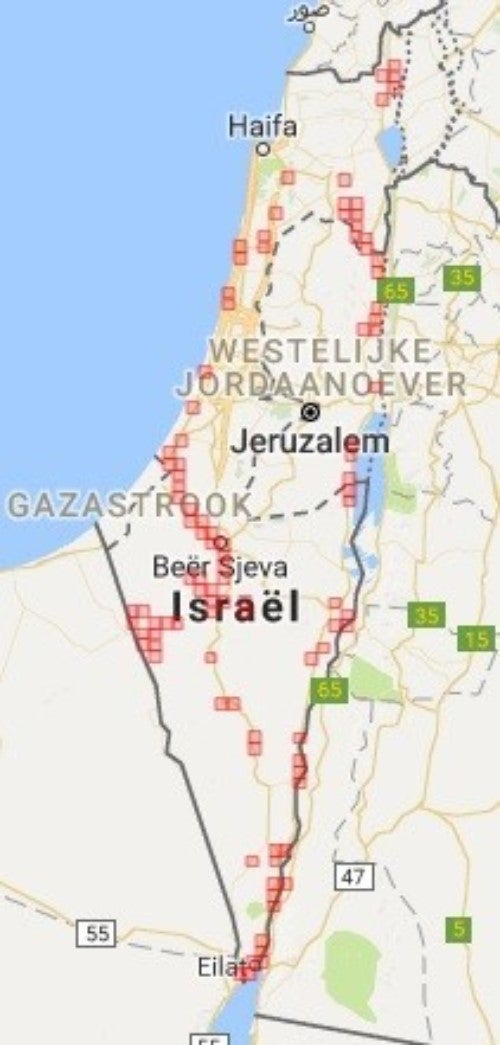








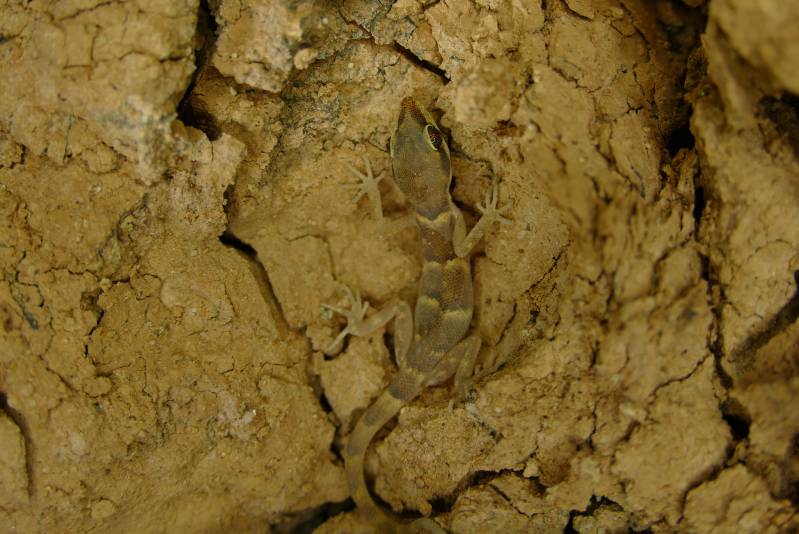

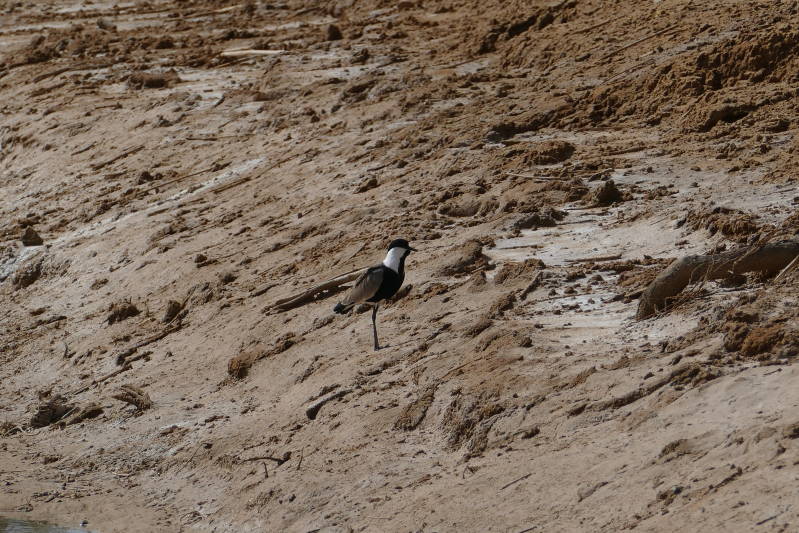
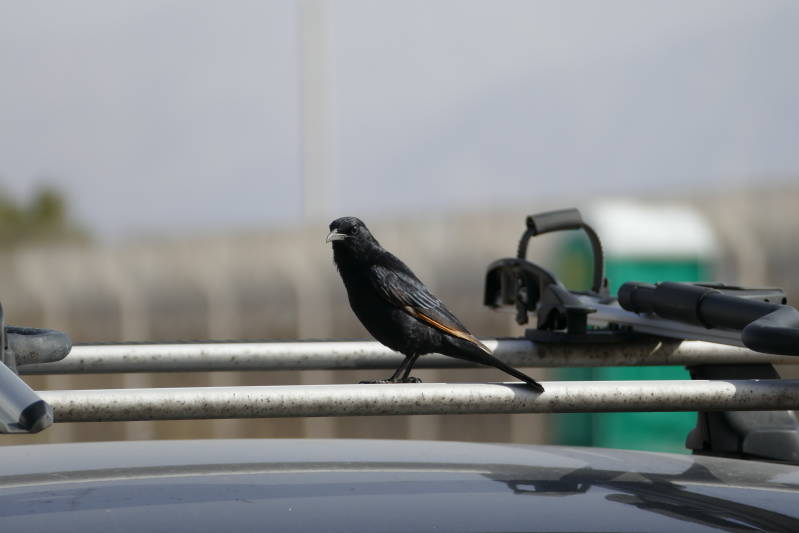












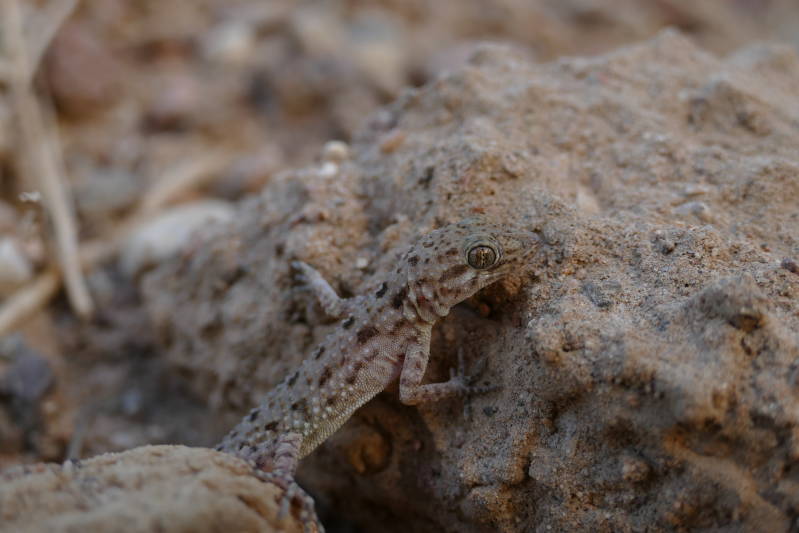


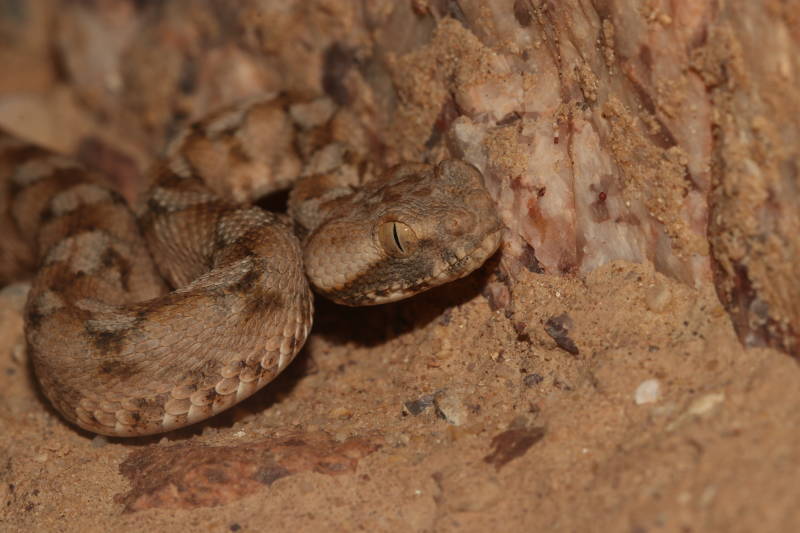


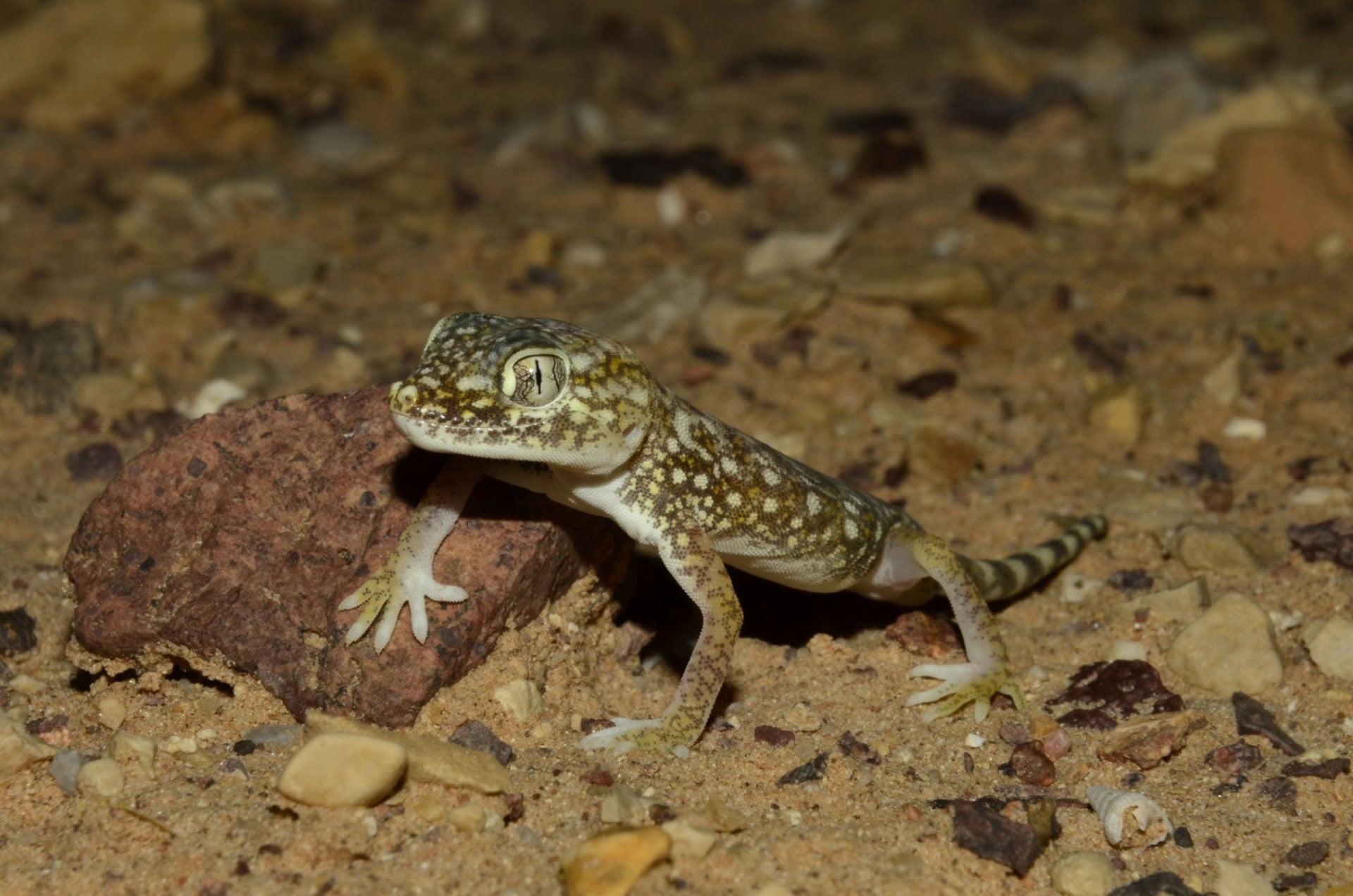



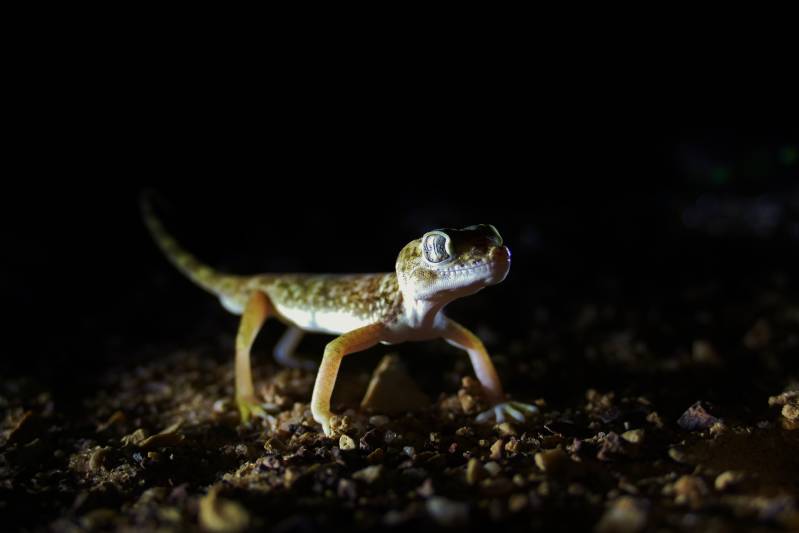









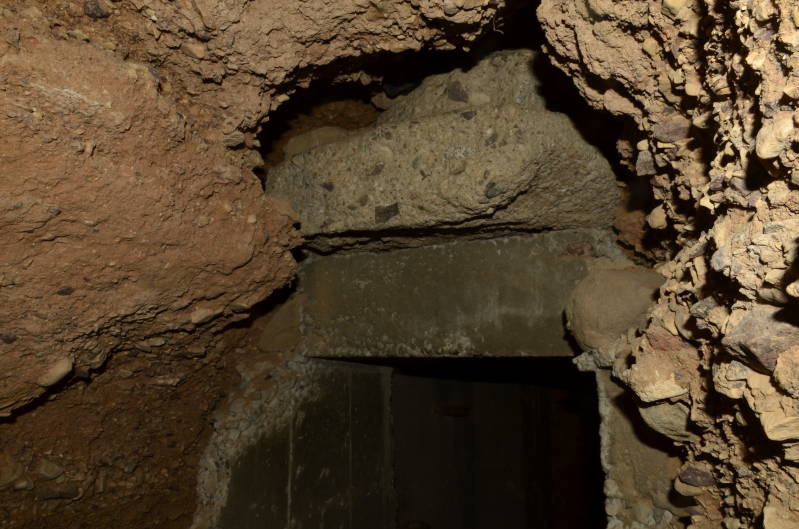








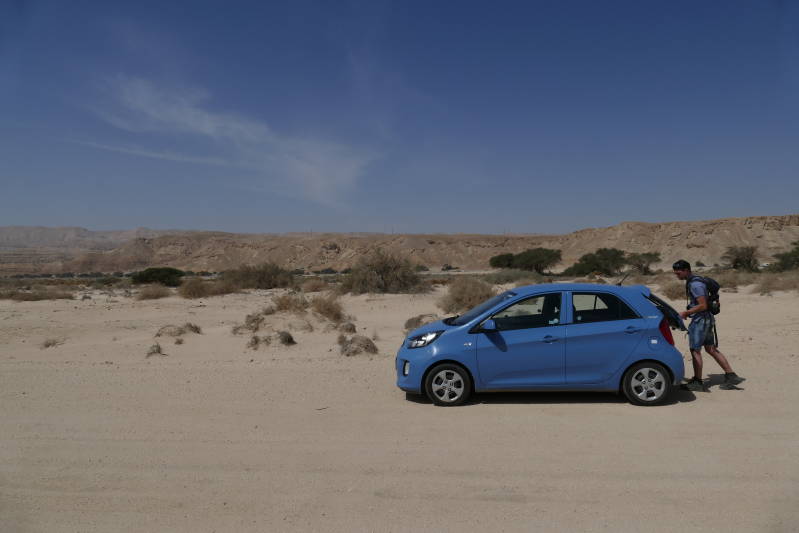












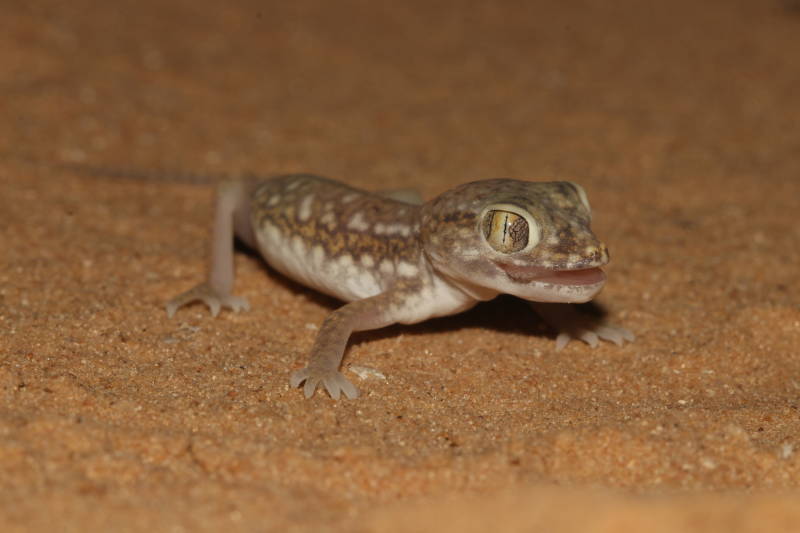
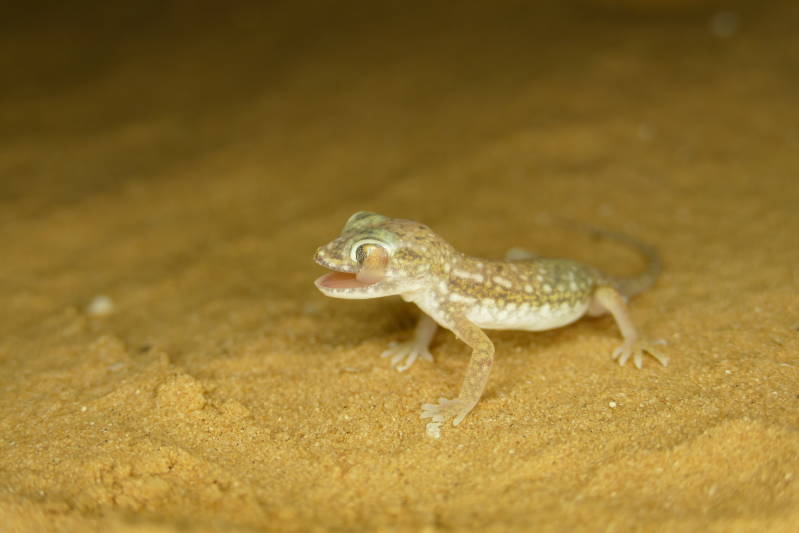





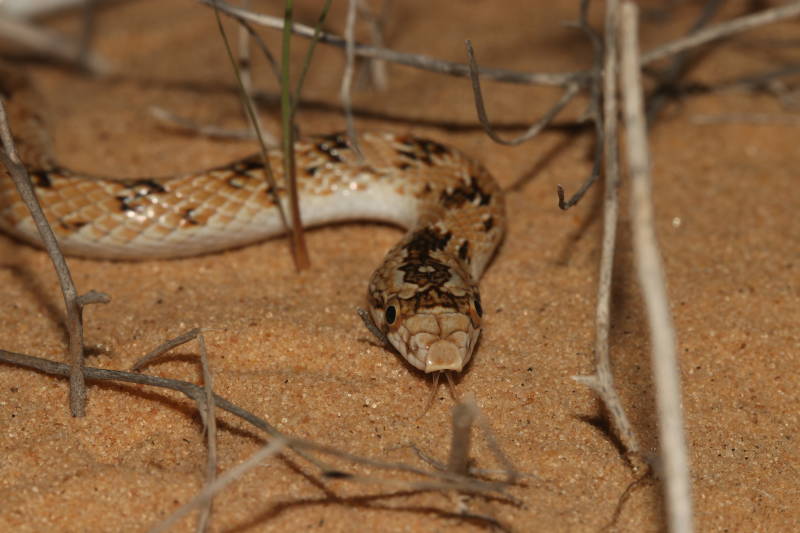








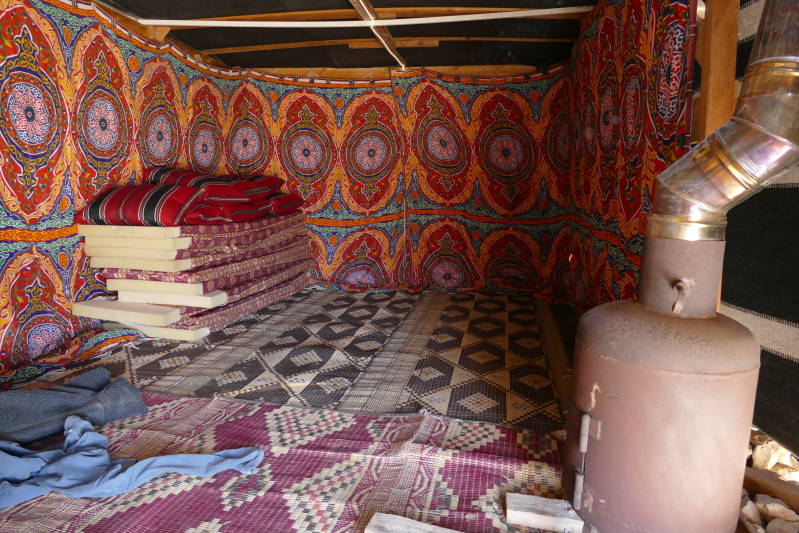




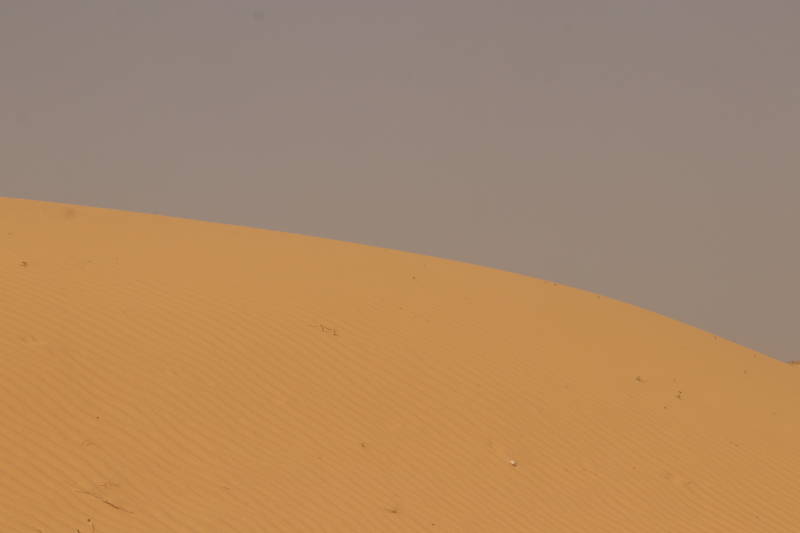

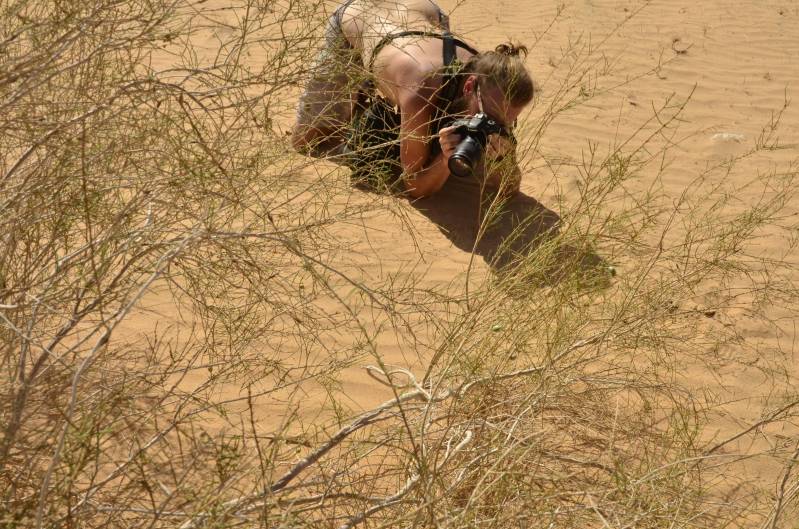

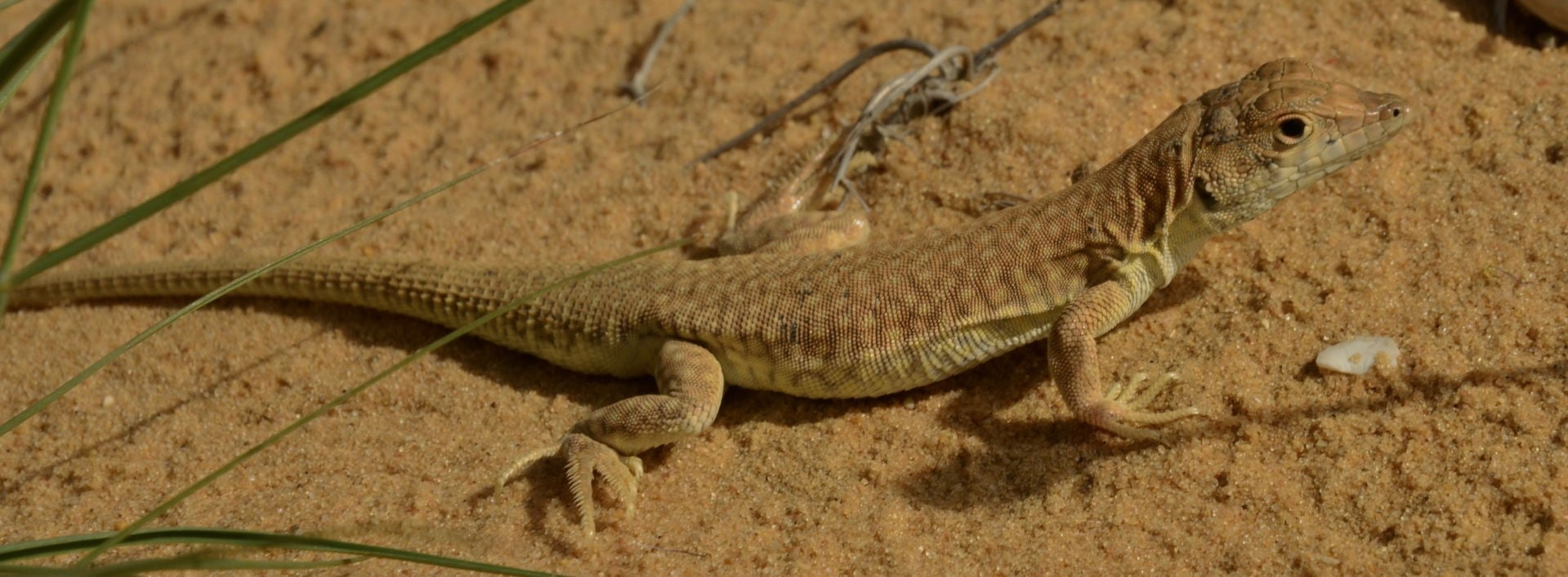
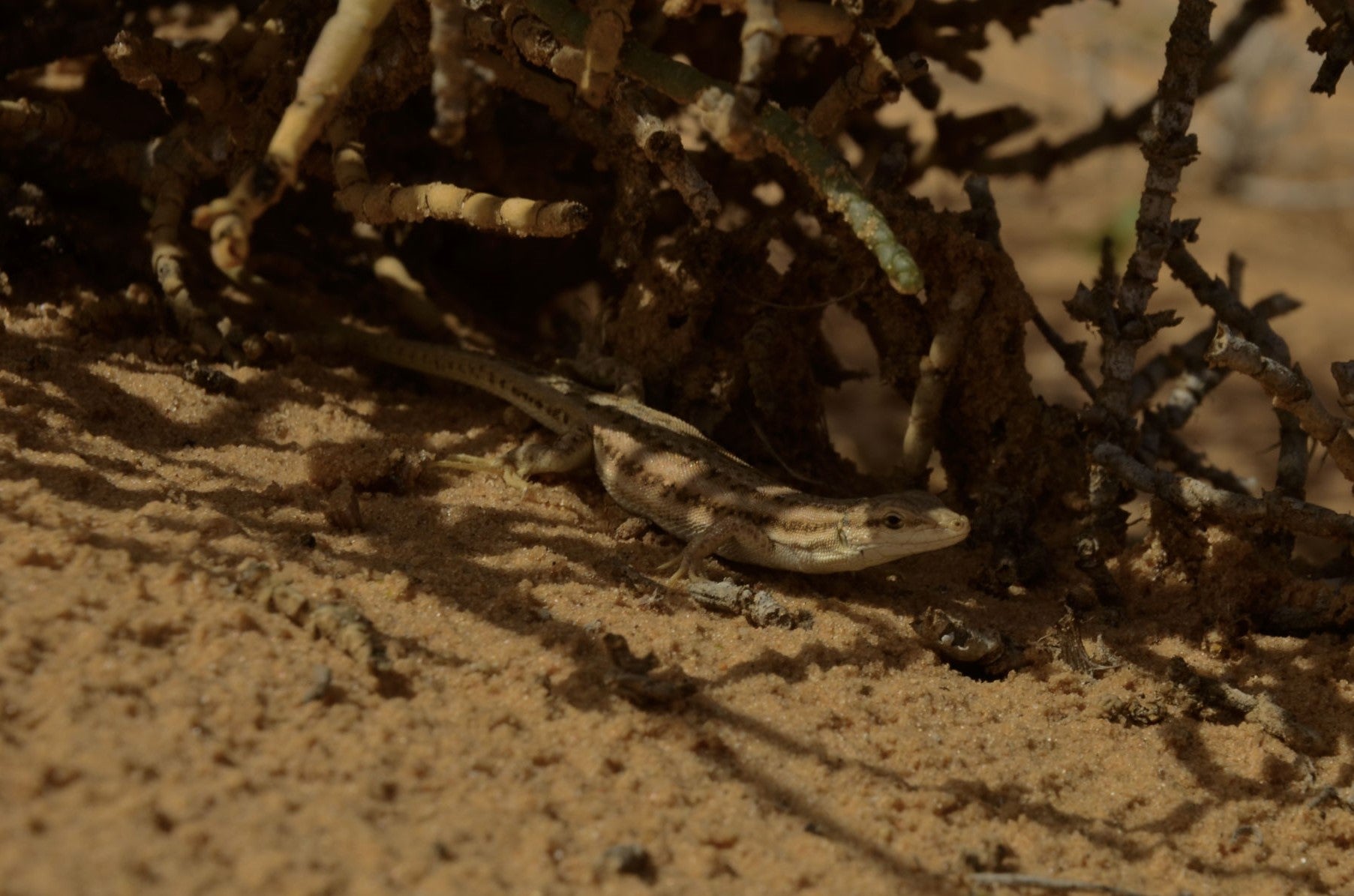





















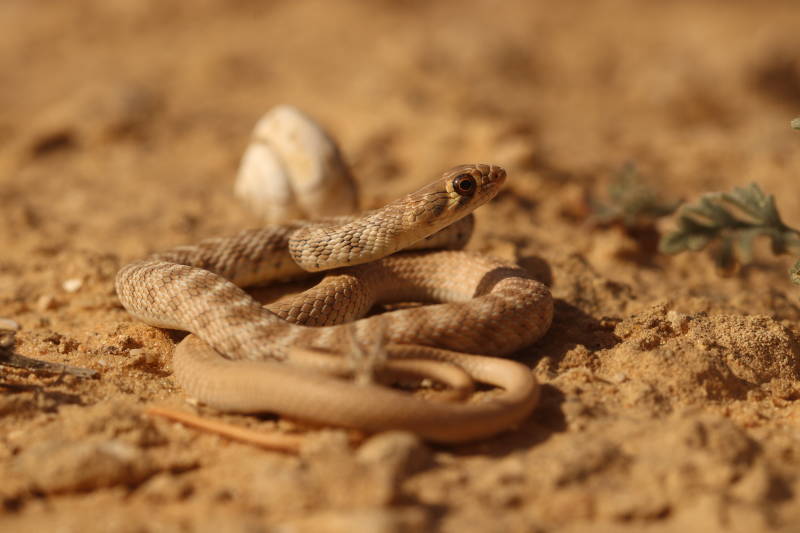












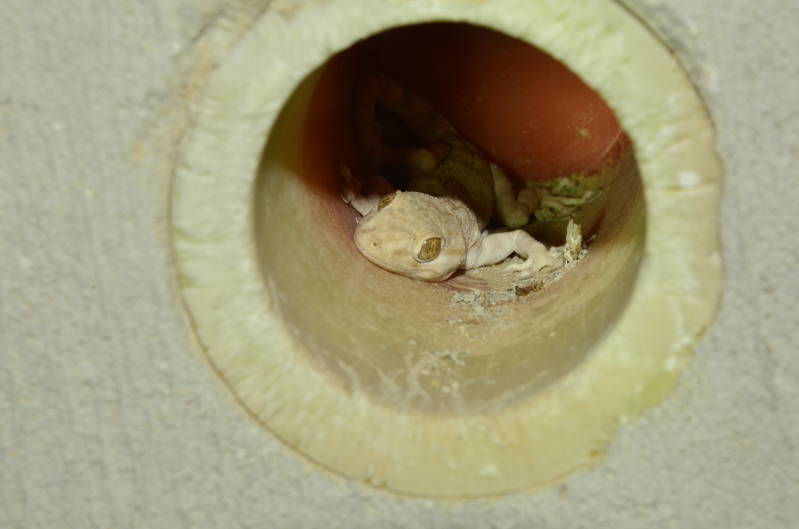
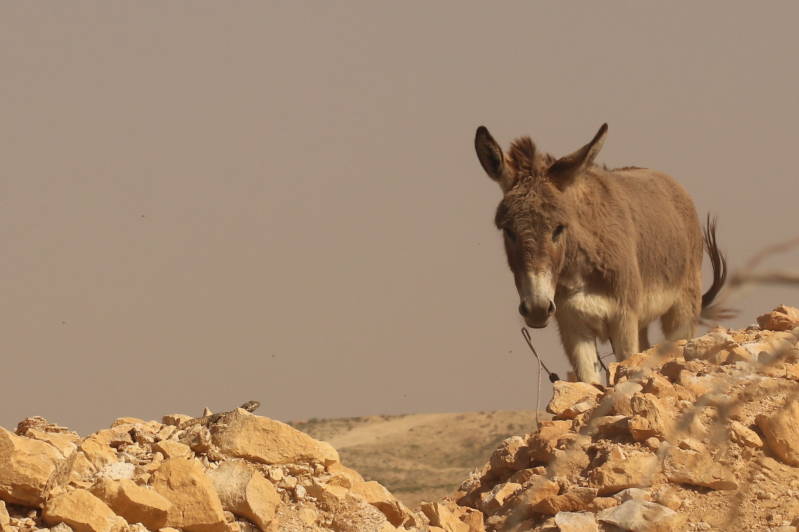



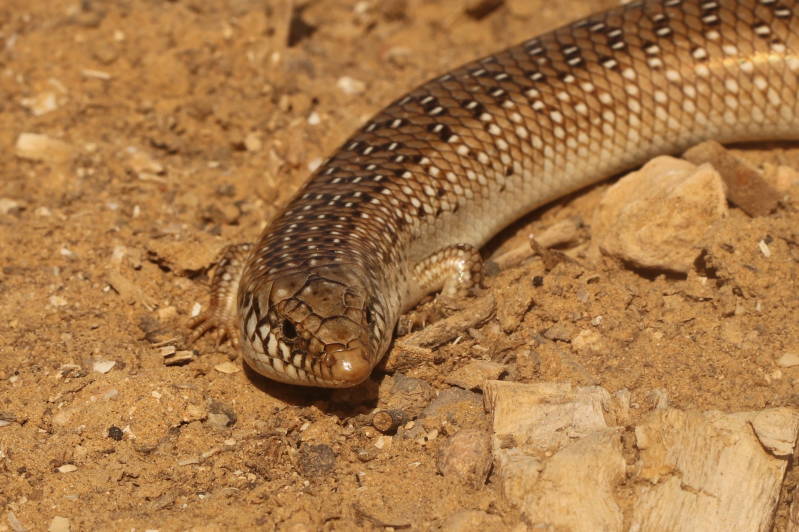


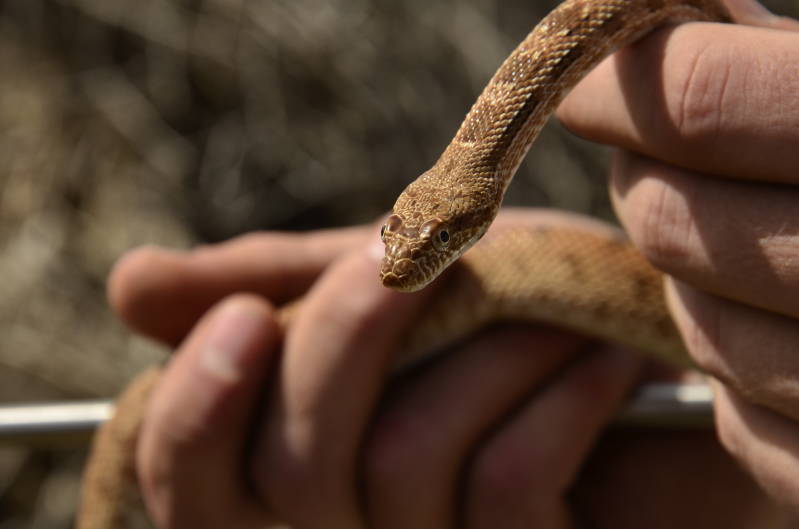
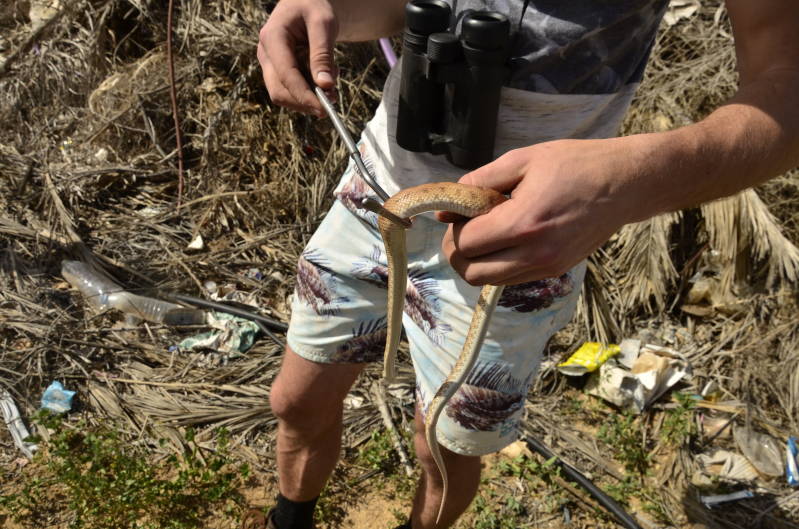







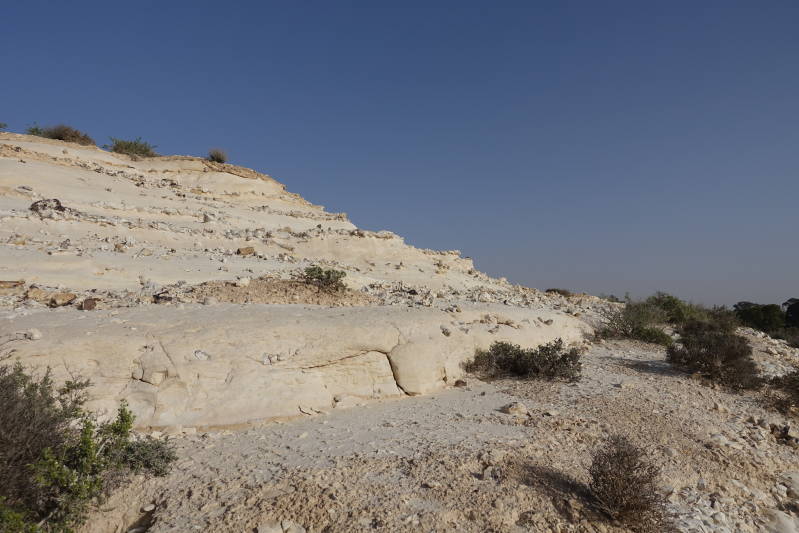


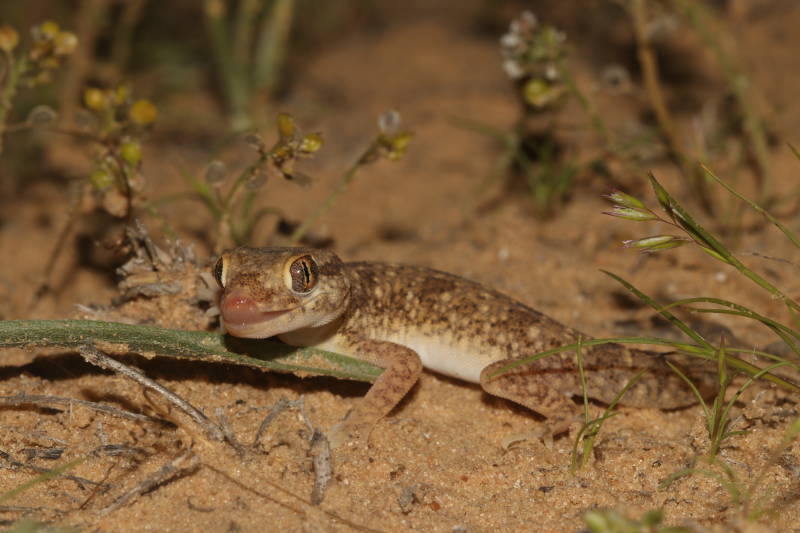
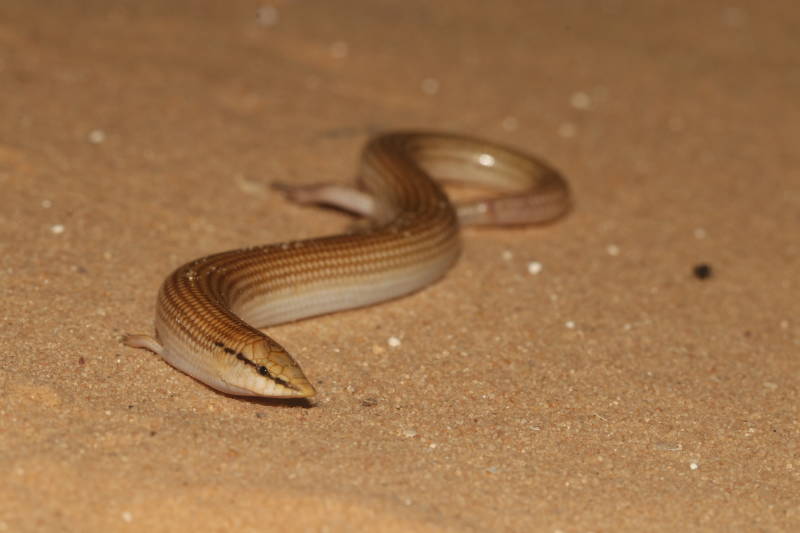


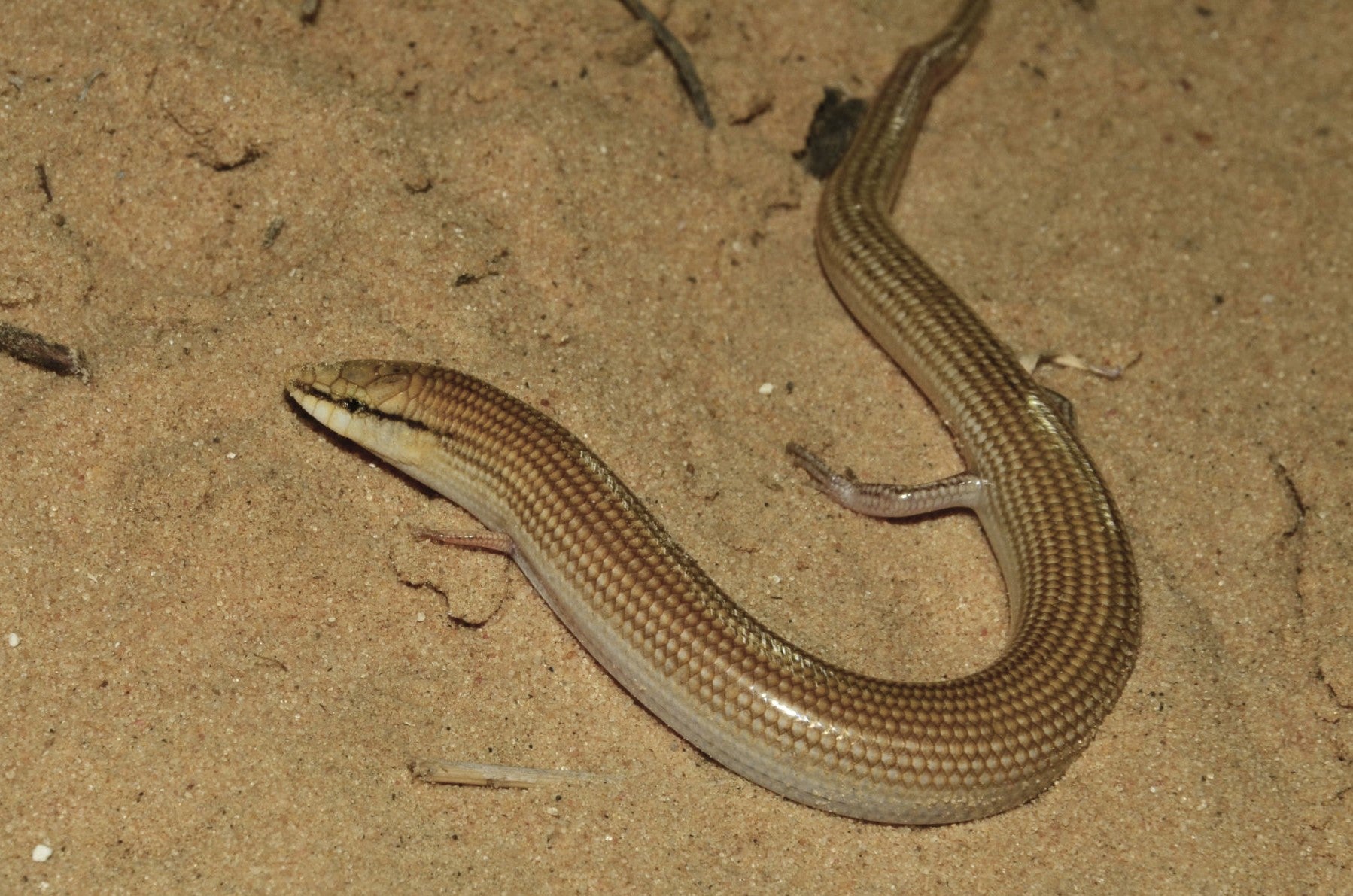
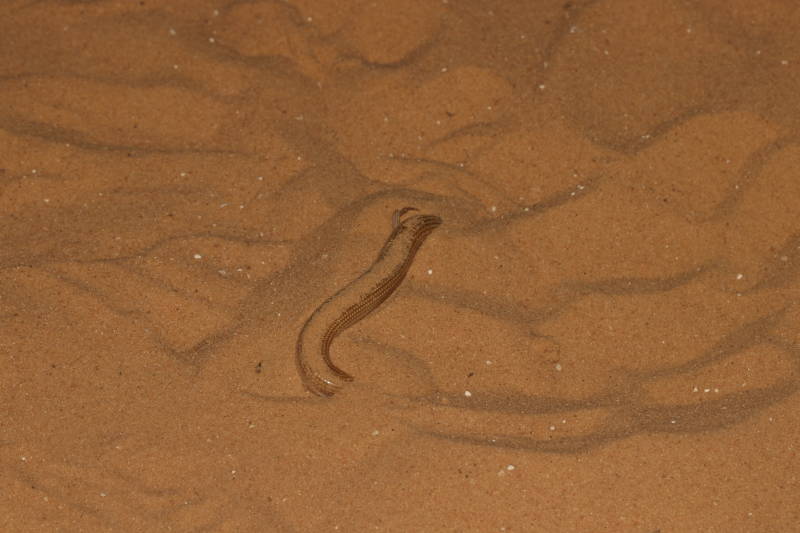







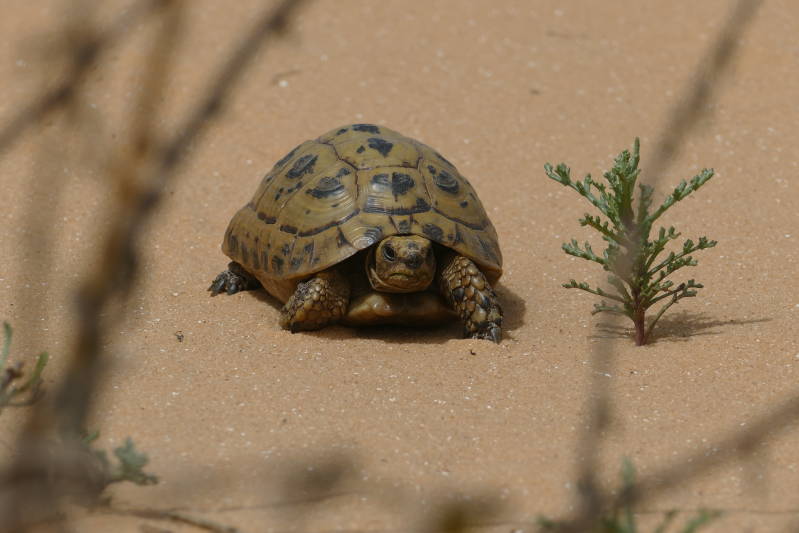
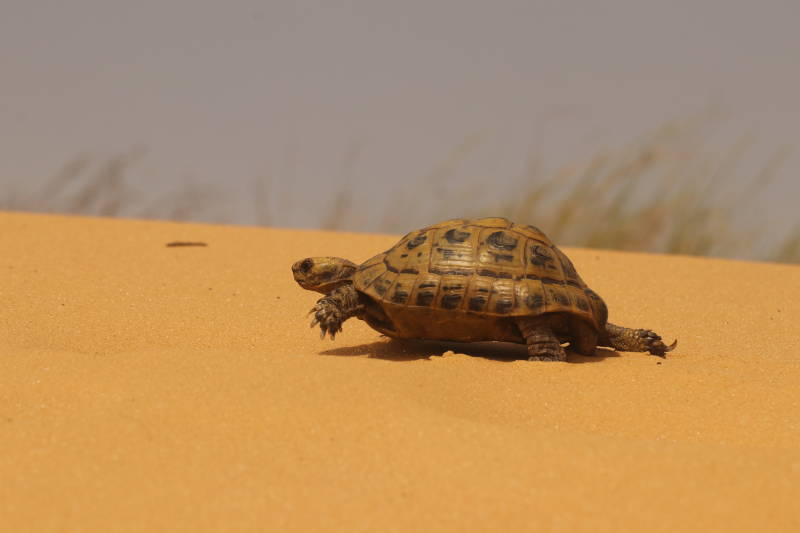
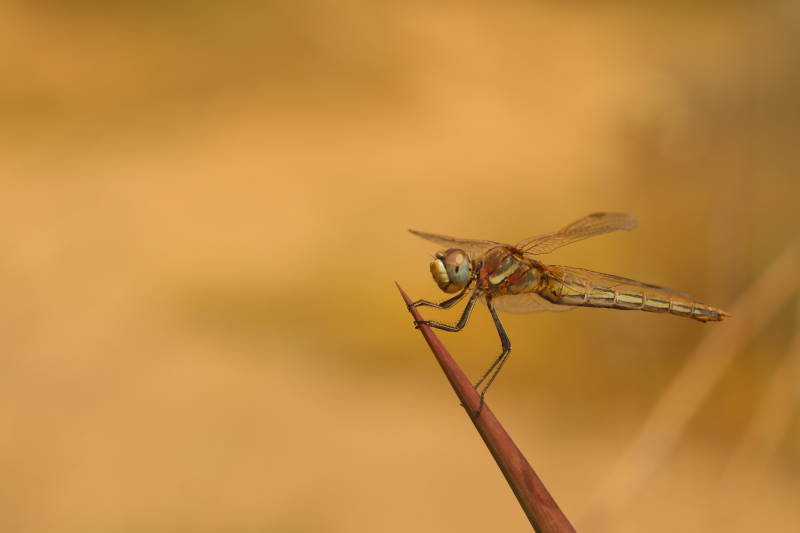




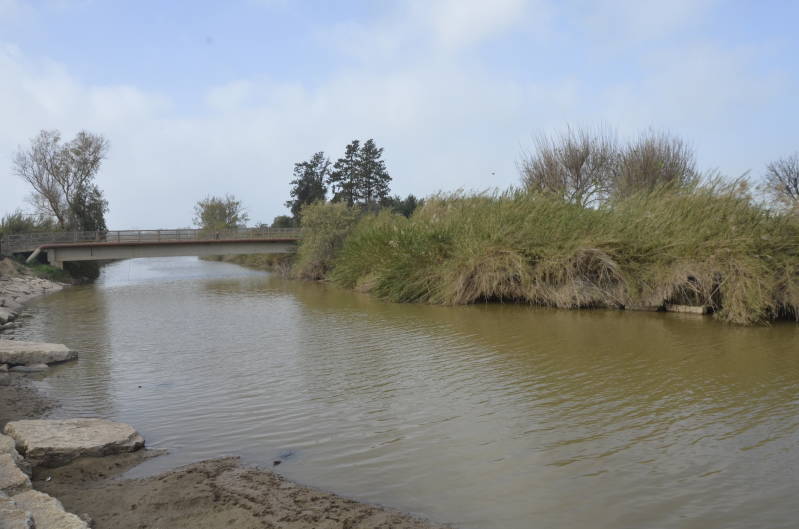

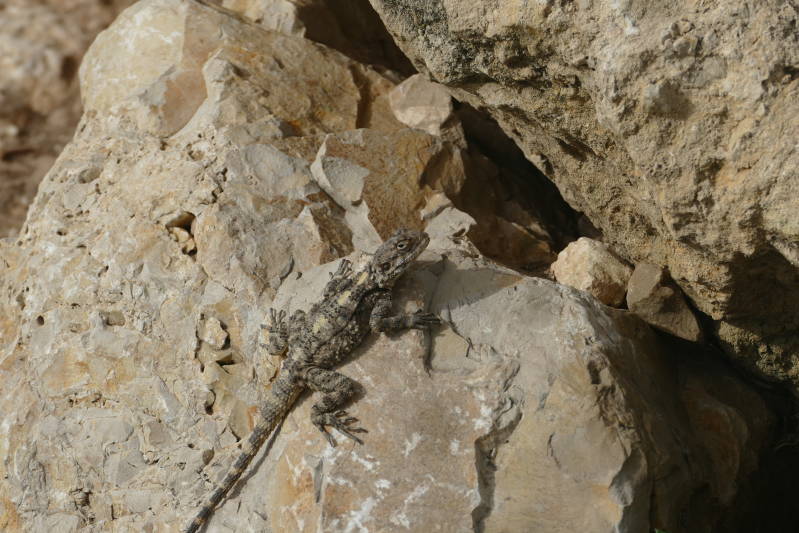


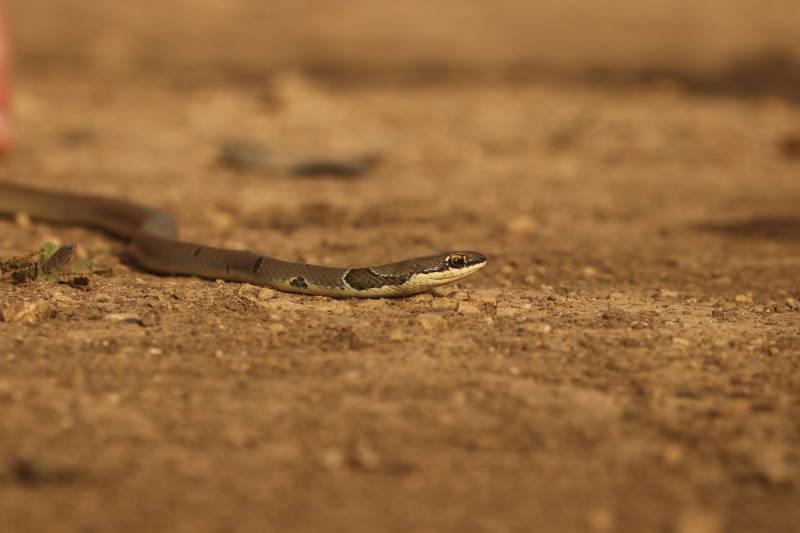







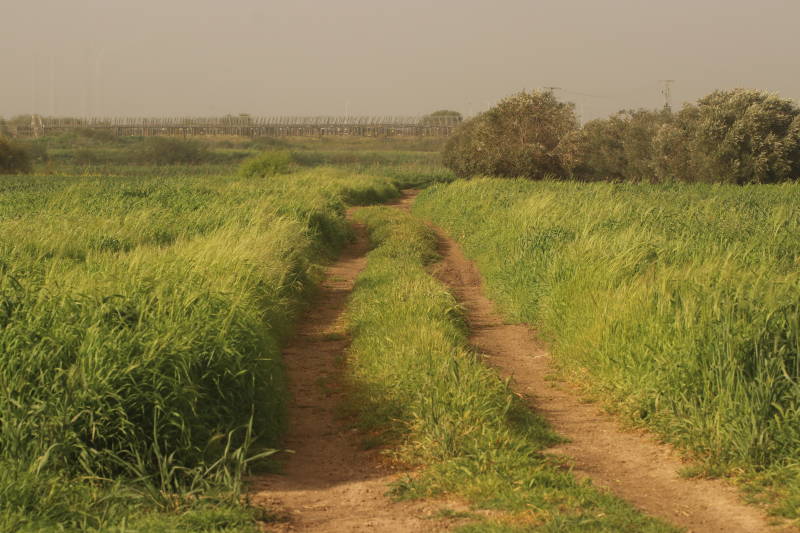



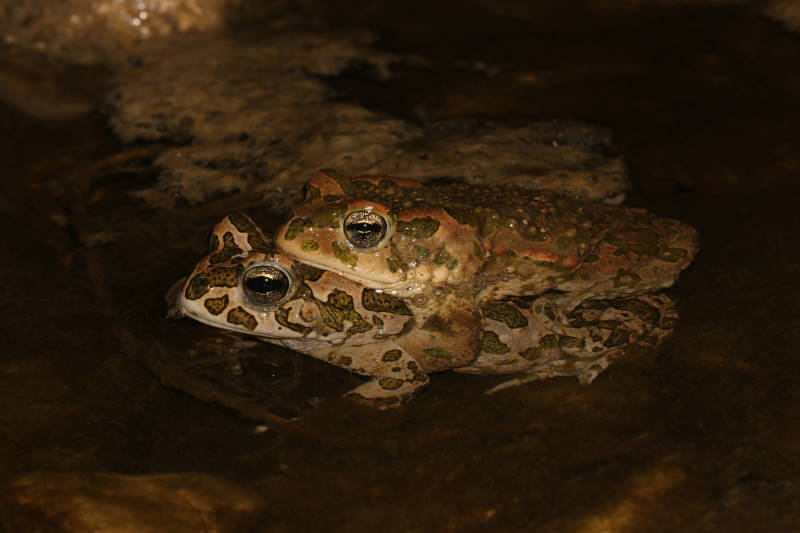



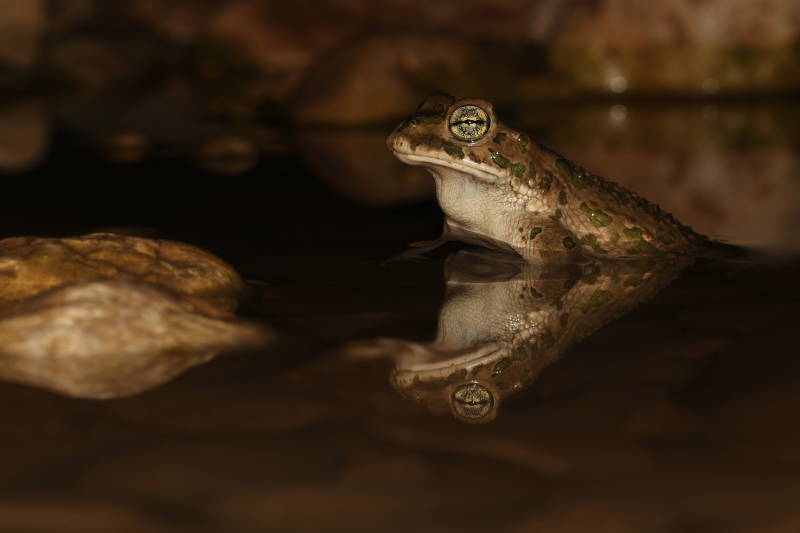





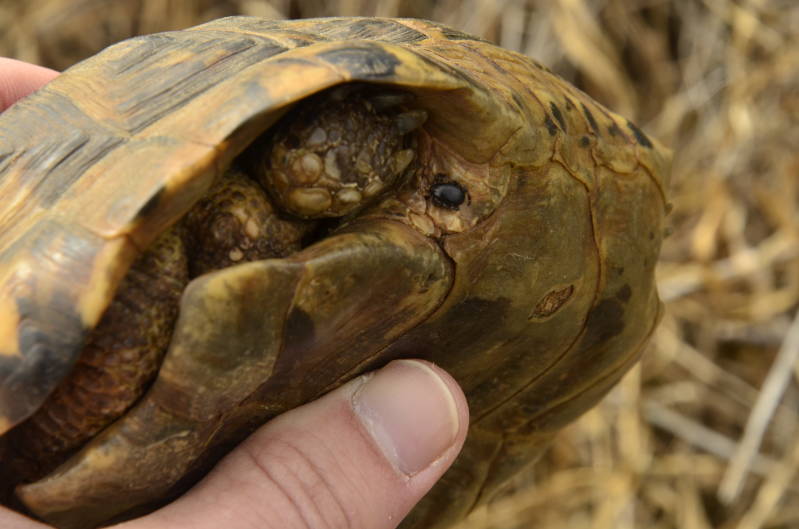


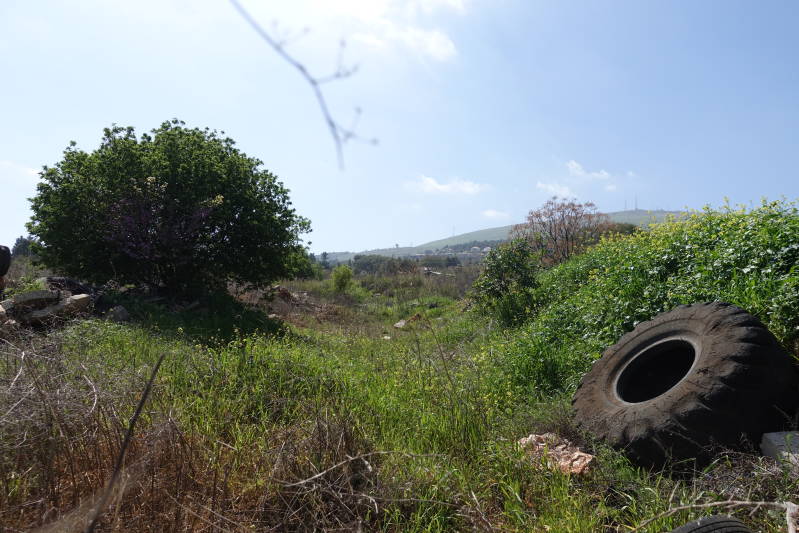
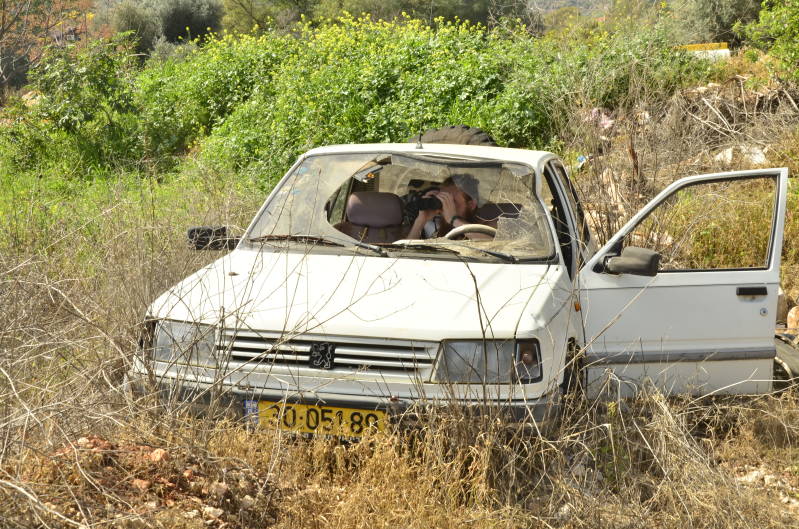


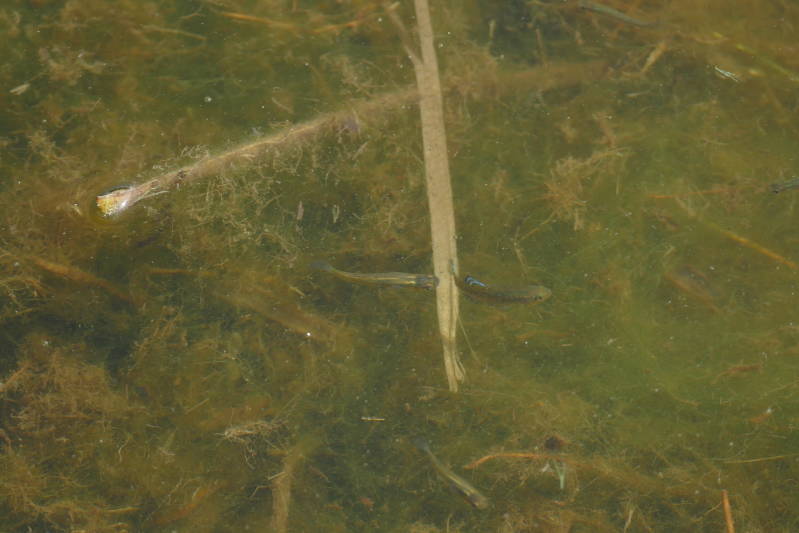

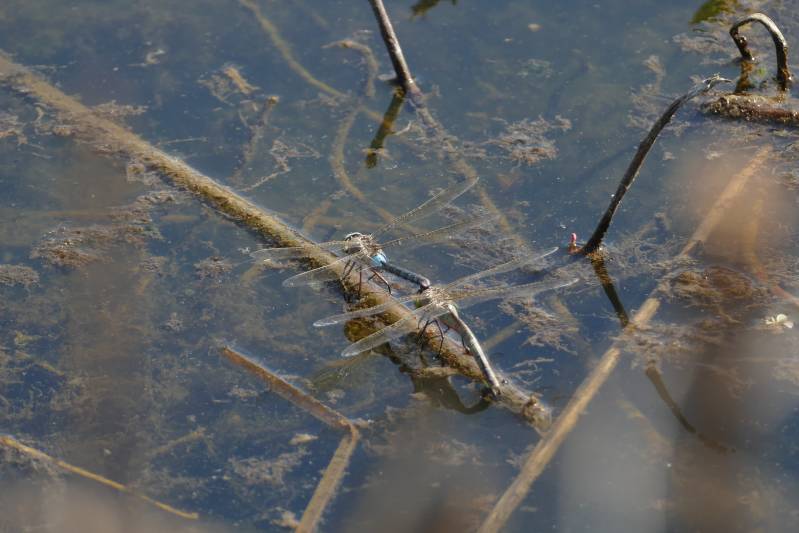
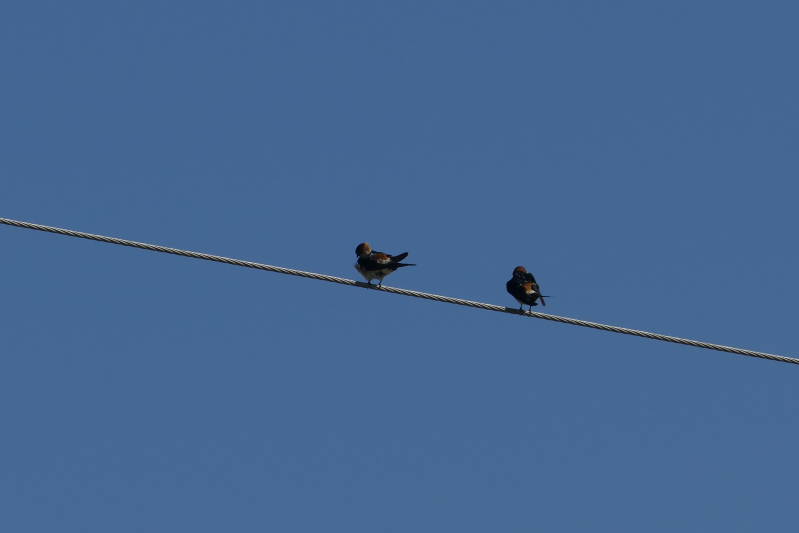


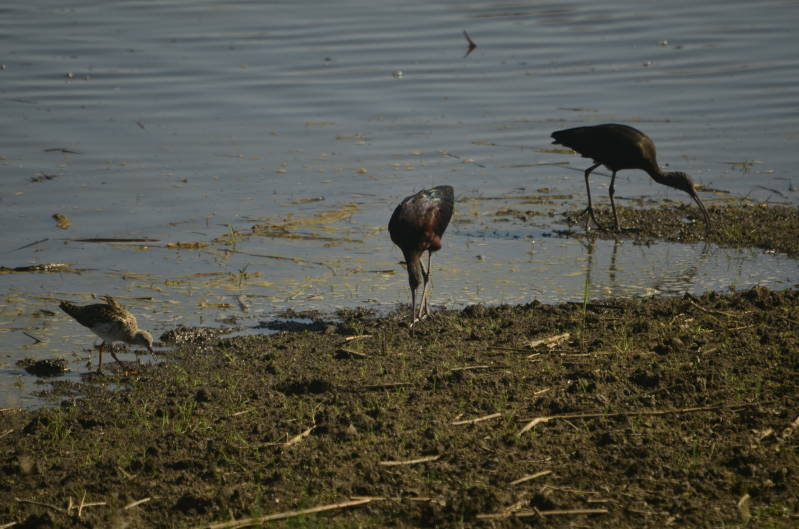


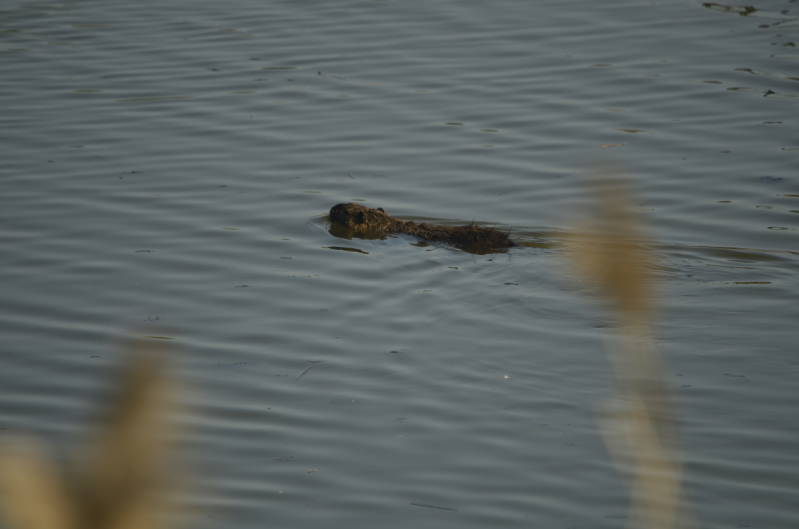







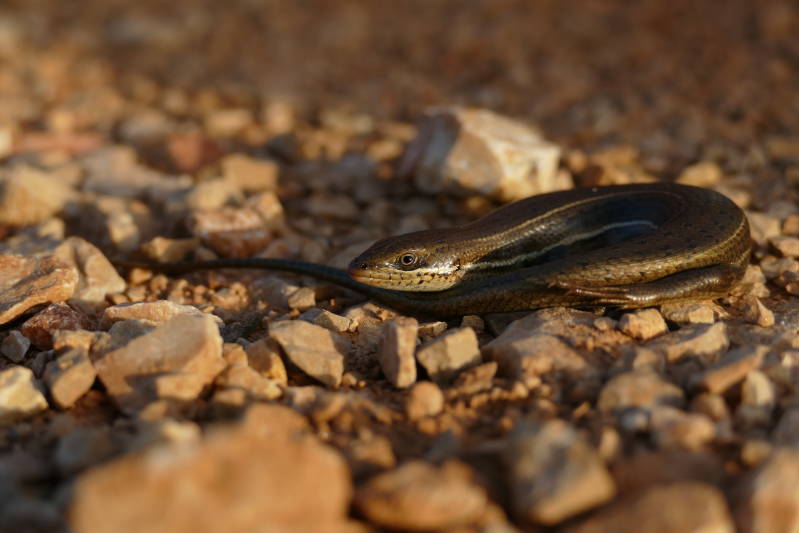

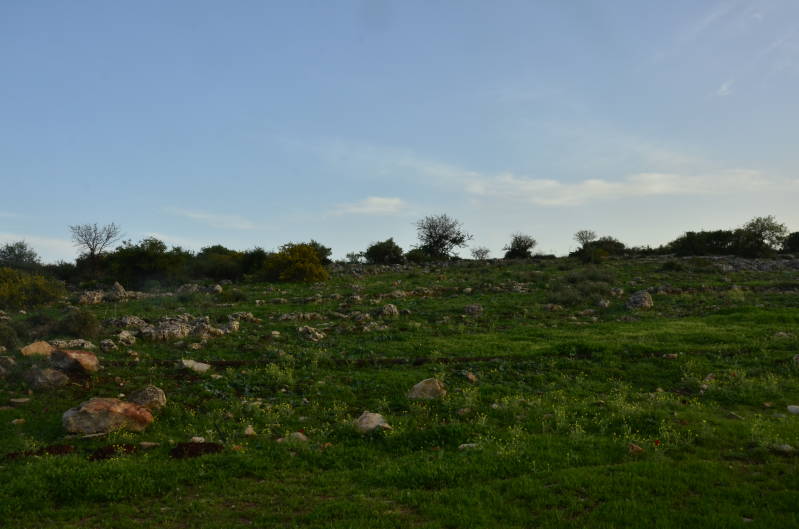

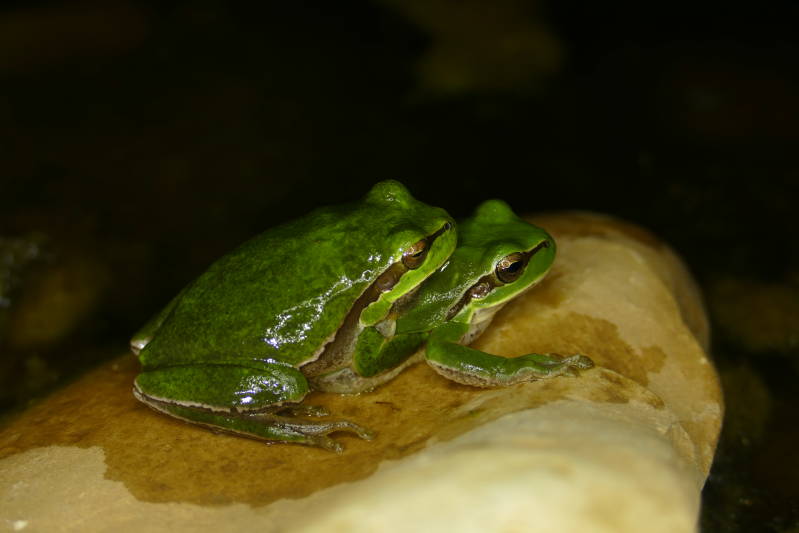
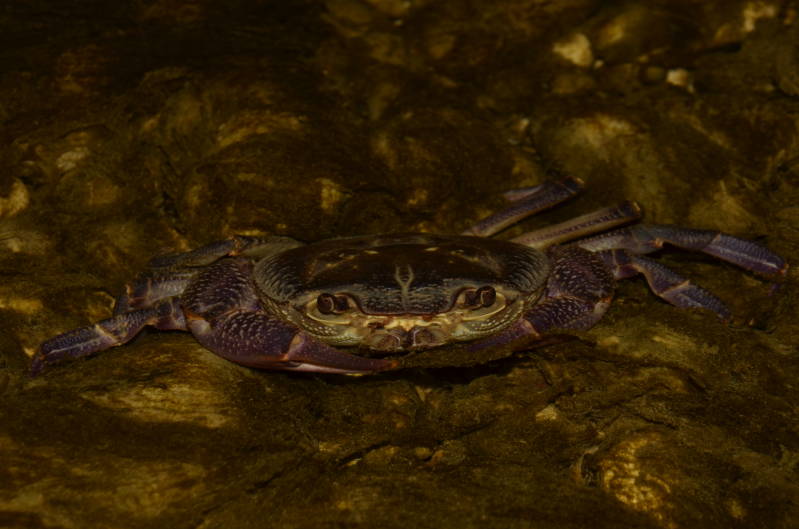
























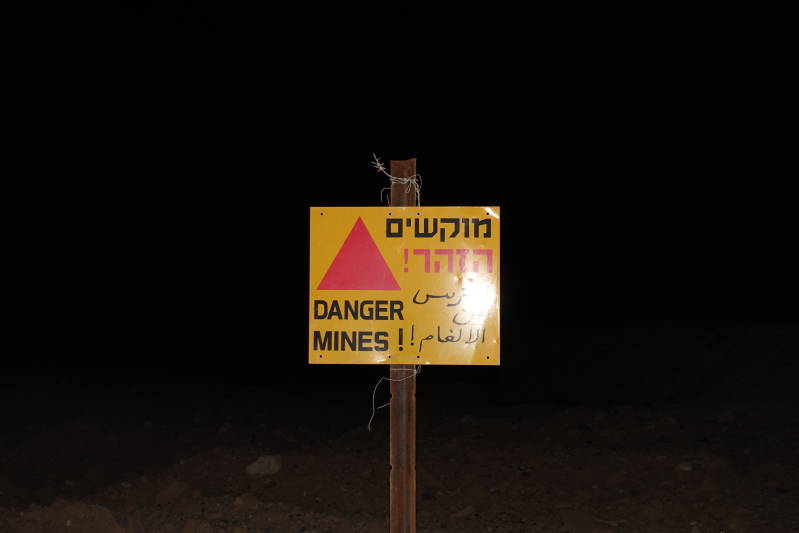
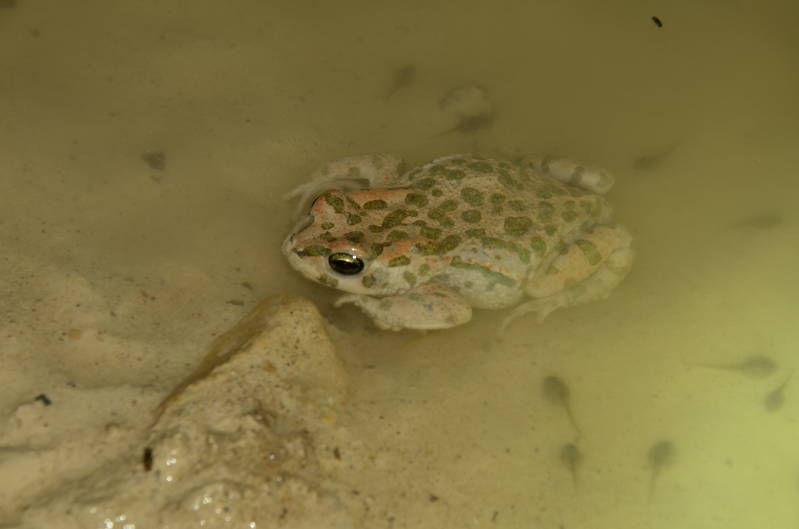




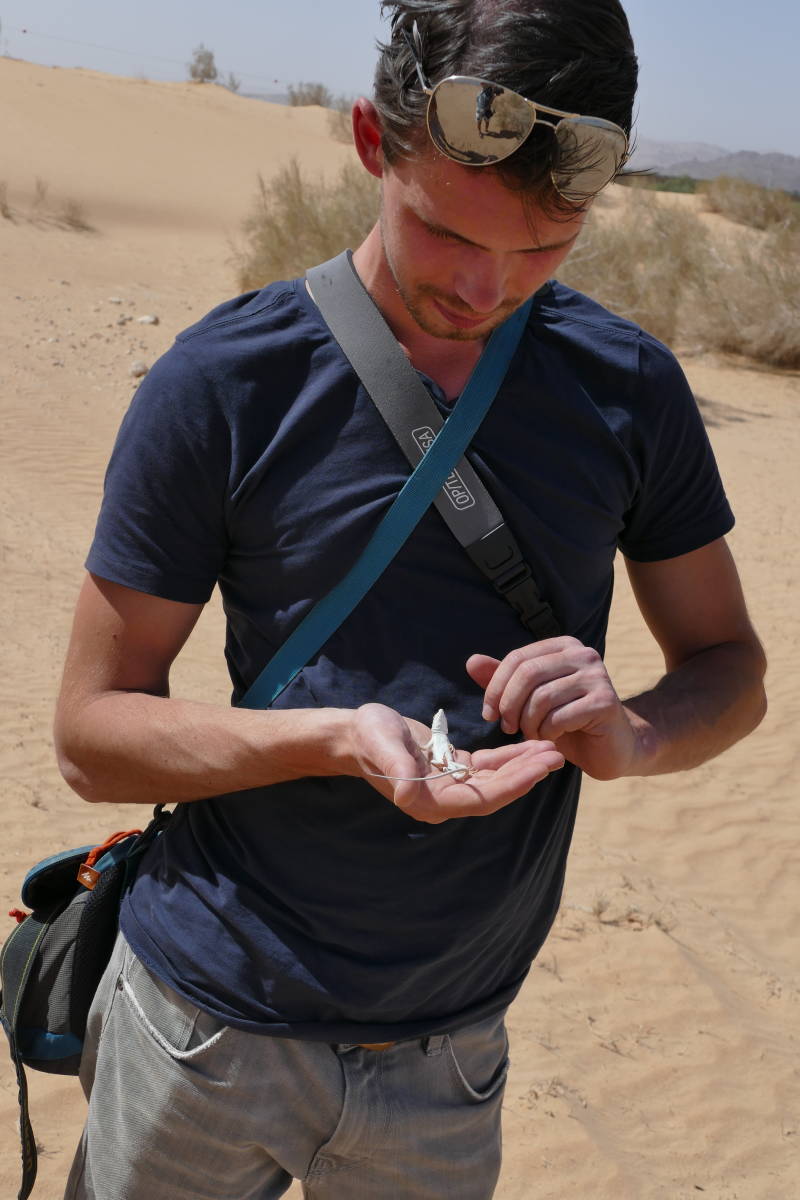
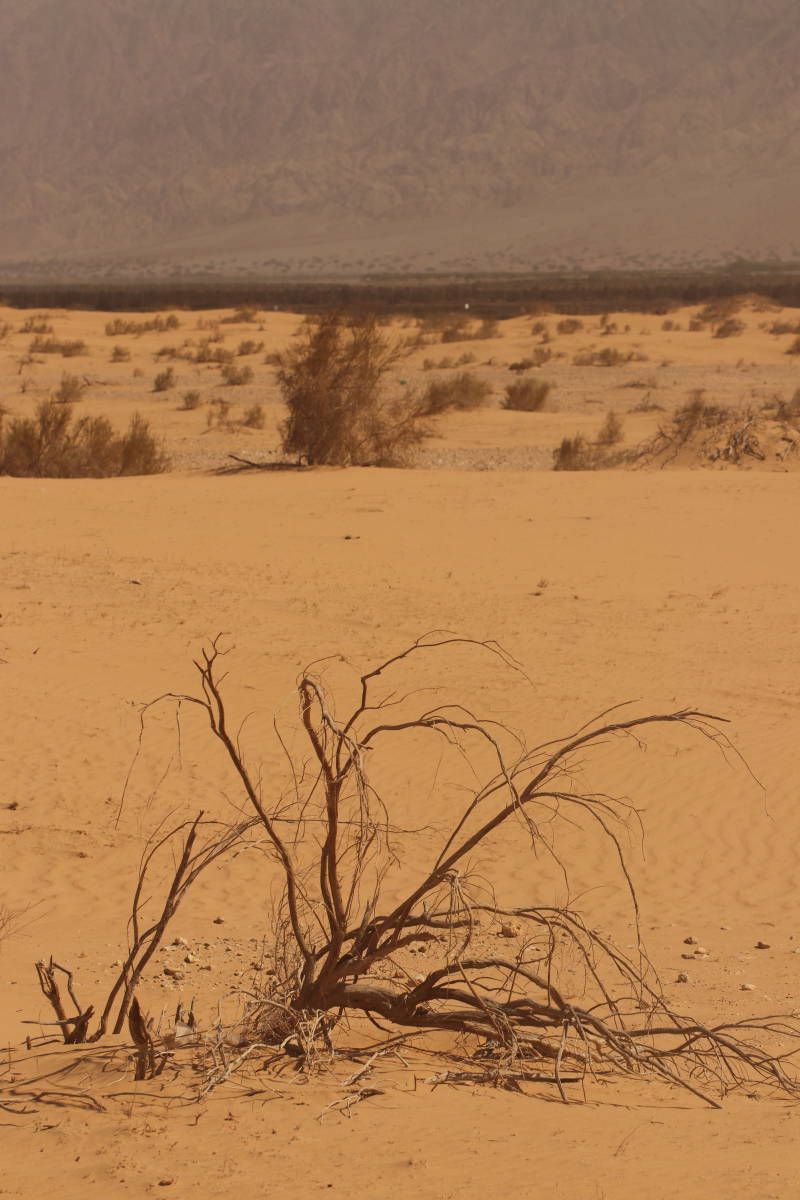









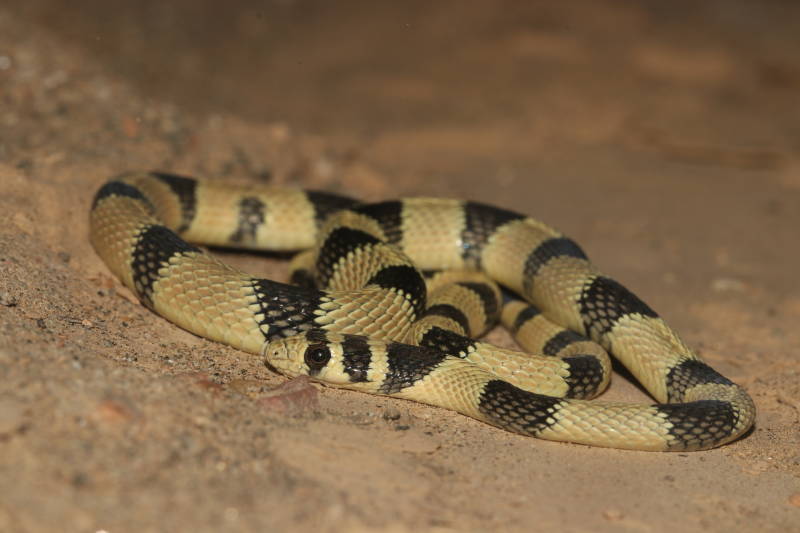

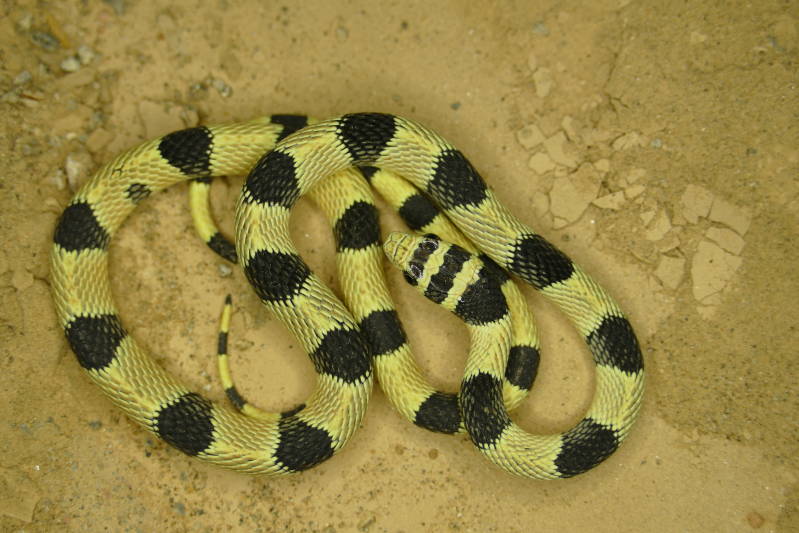















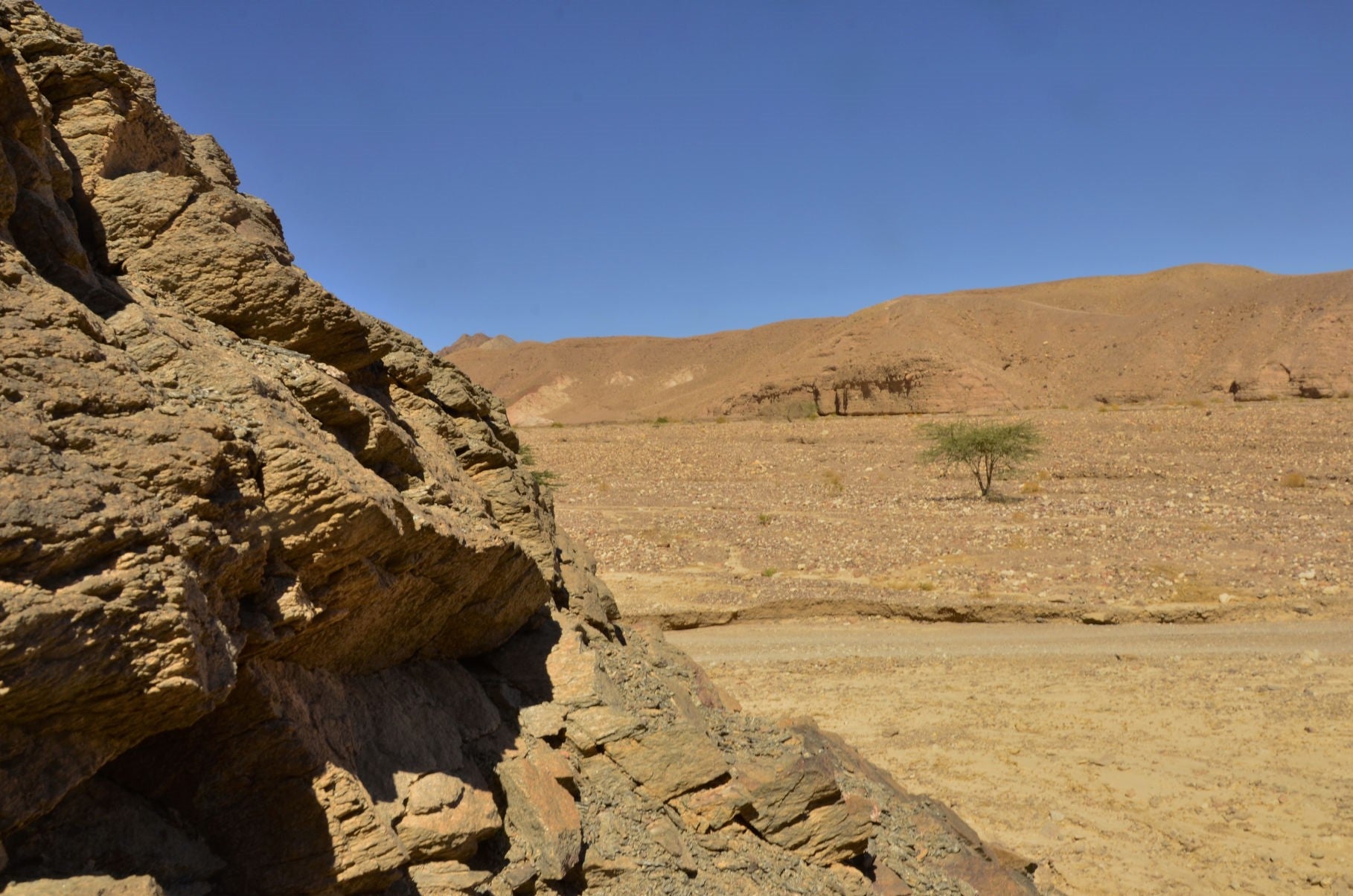

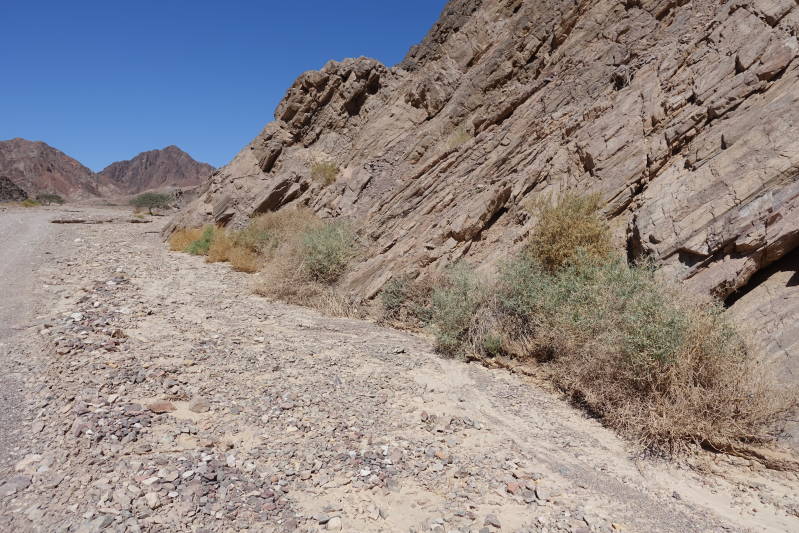
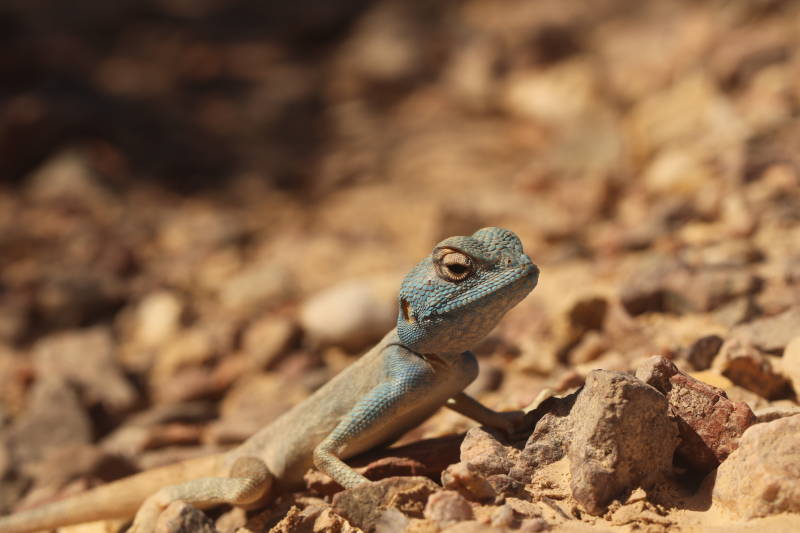

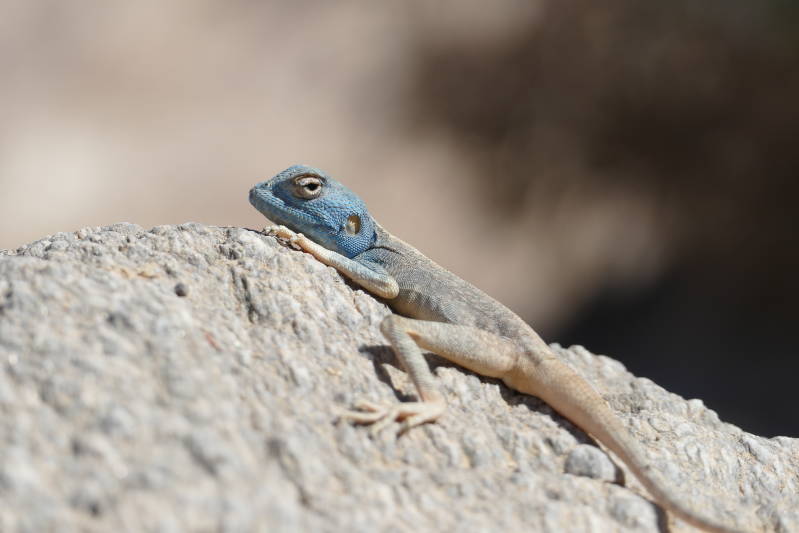









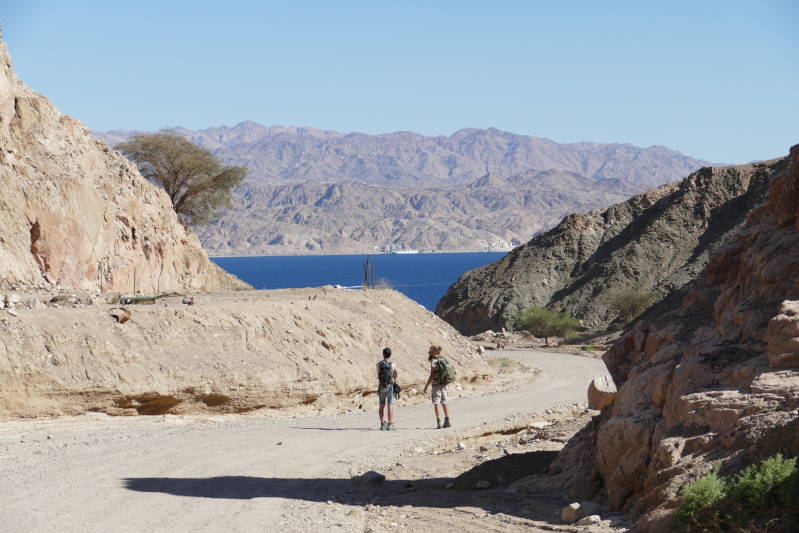



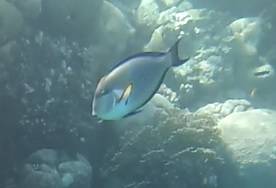
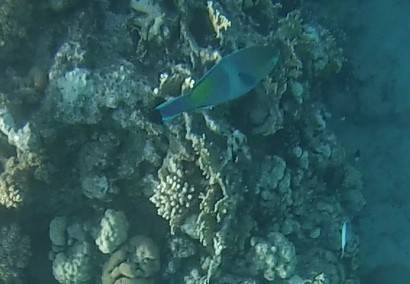


Create Your Own Website With JouwWeb